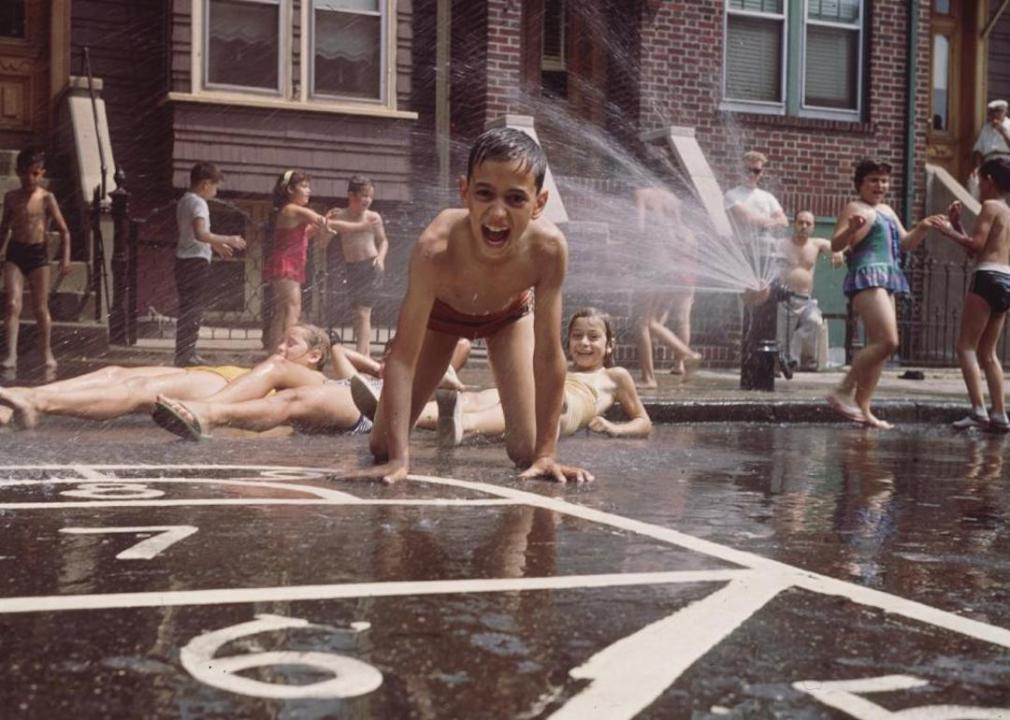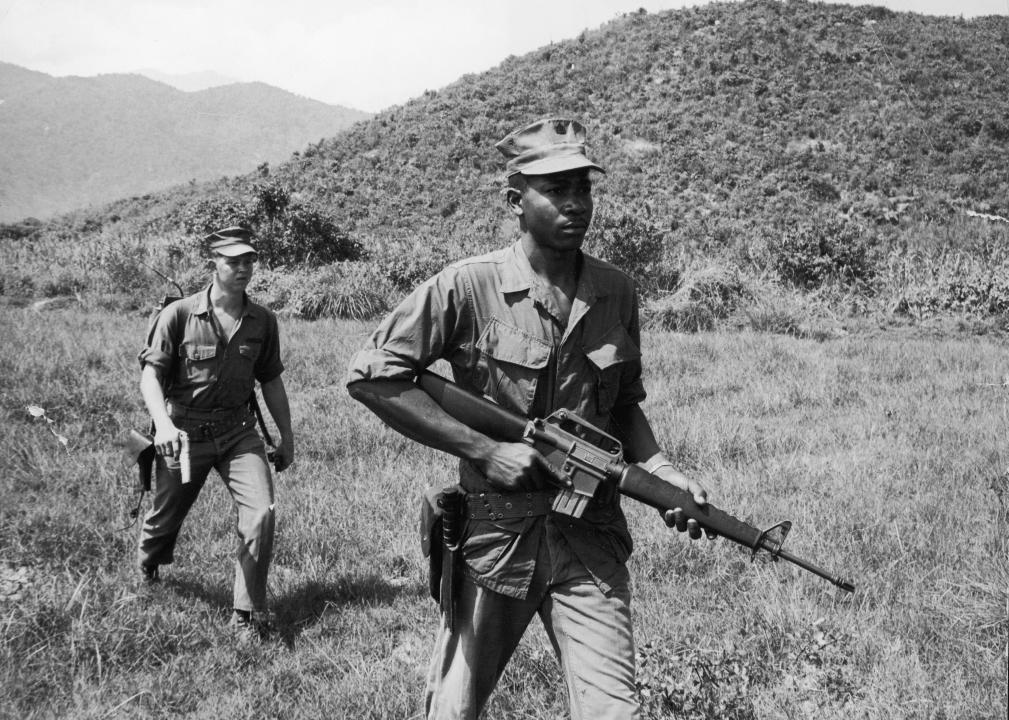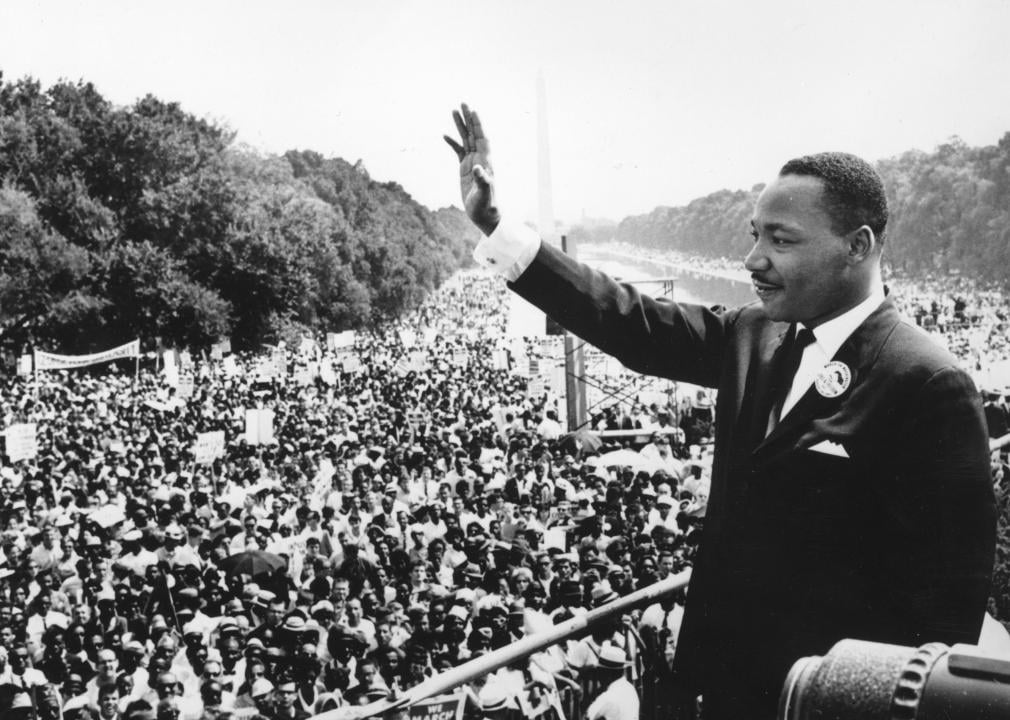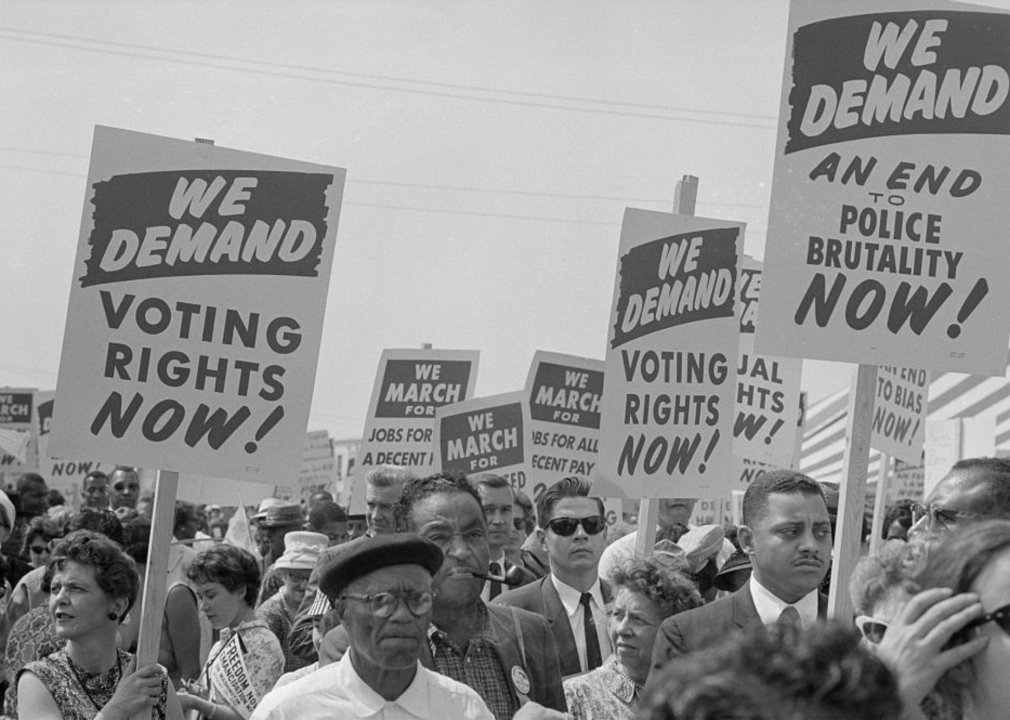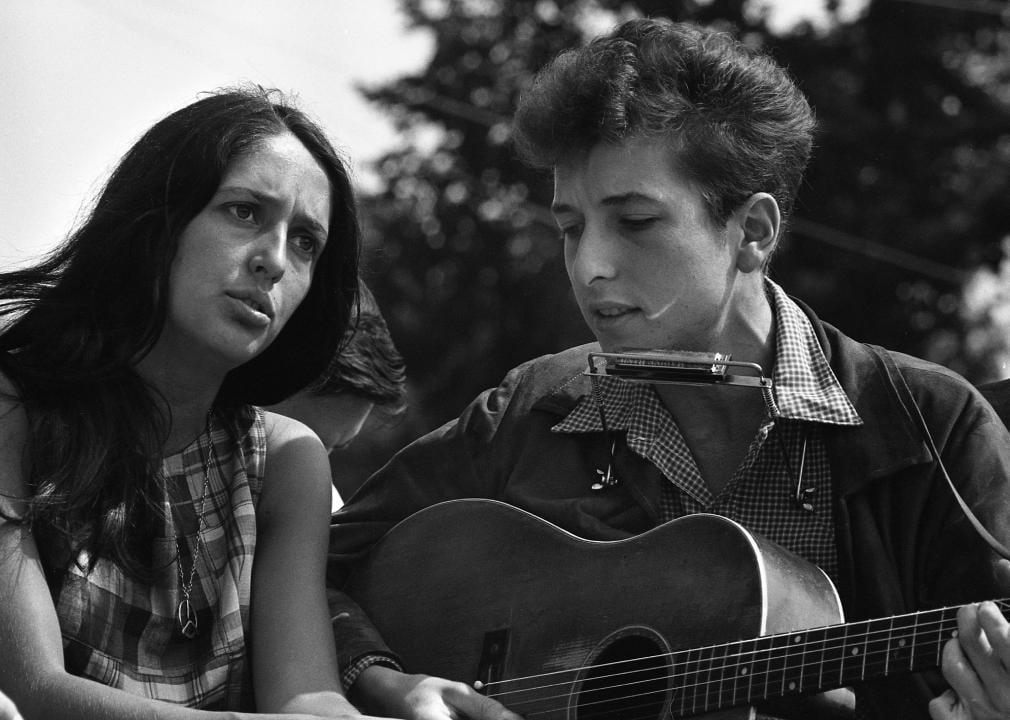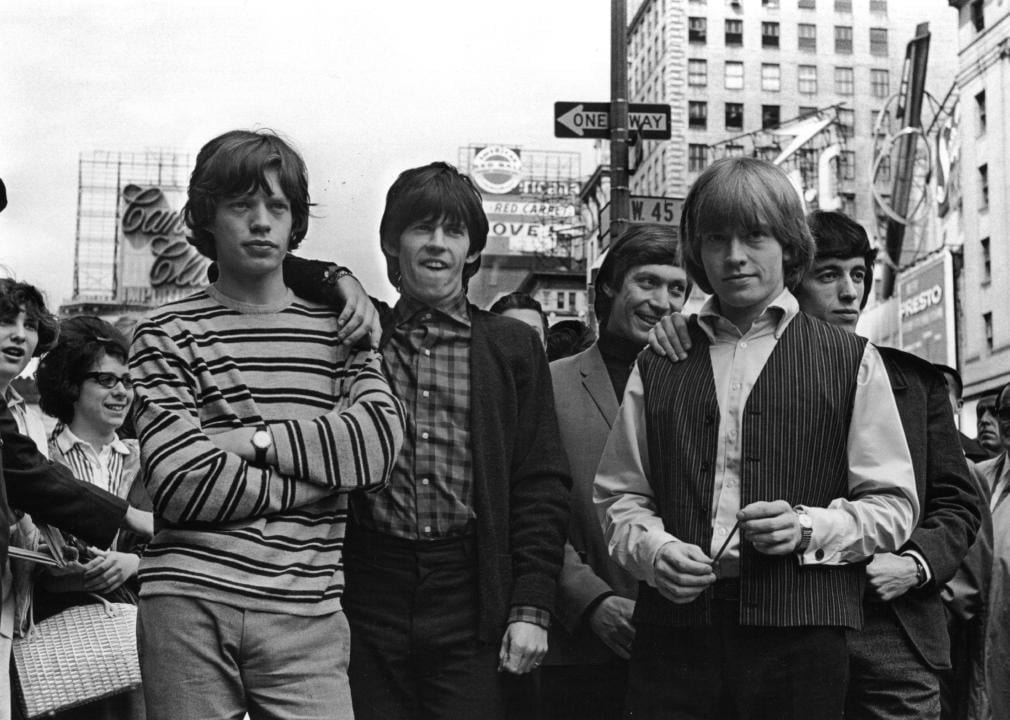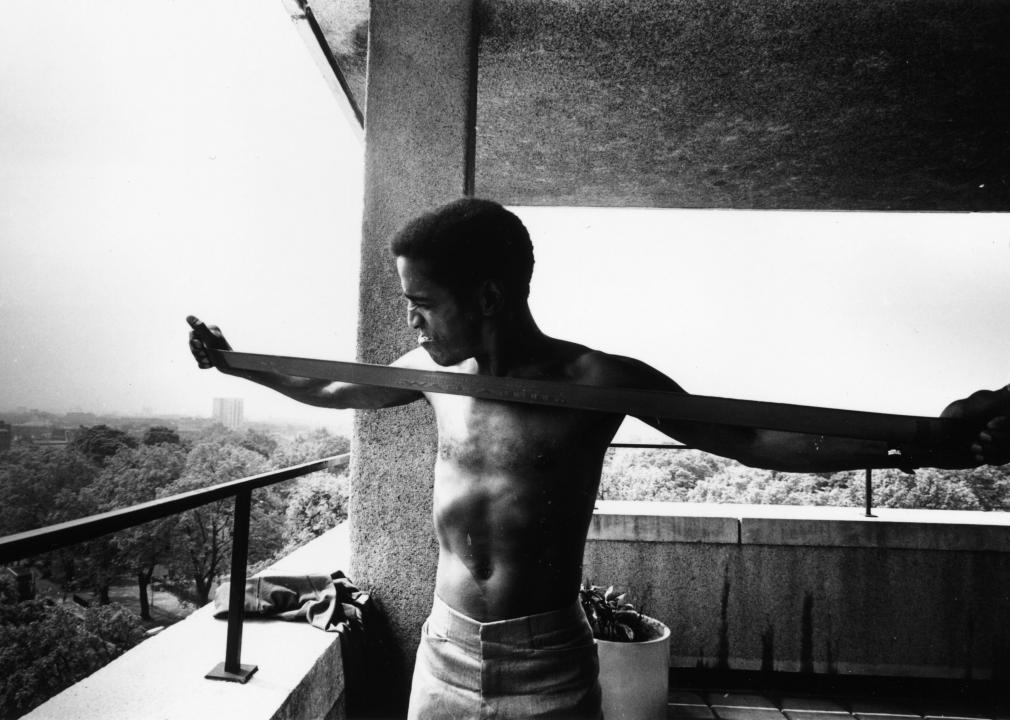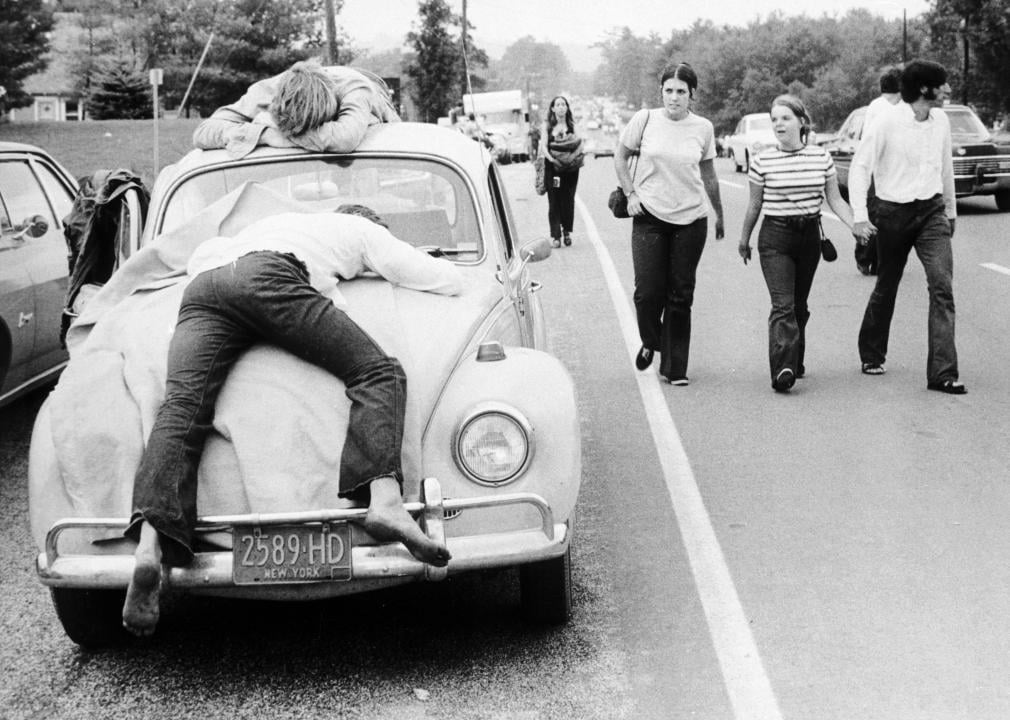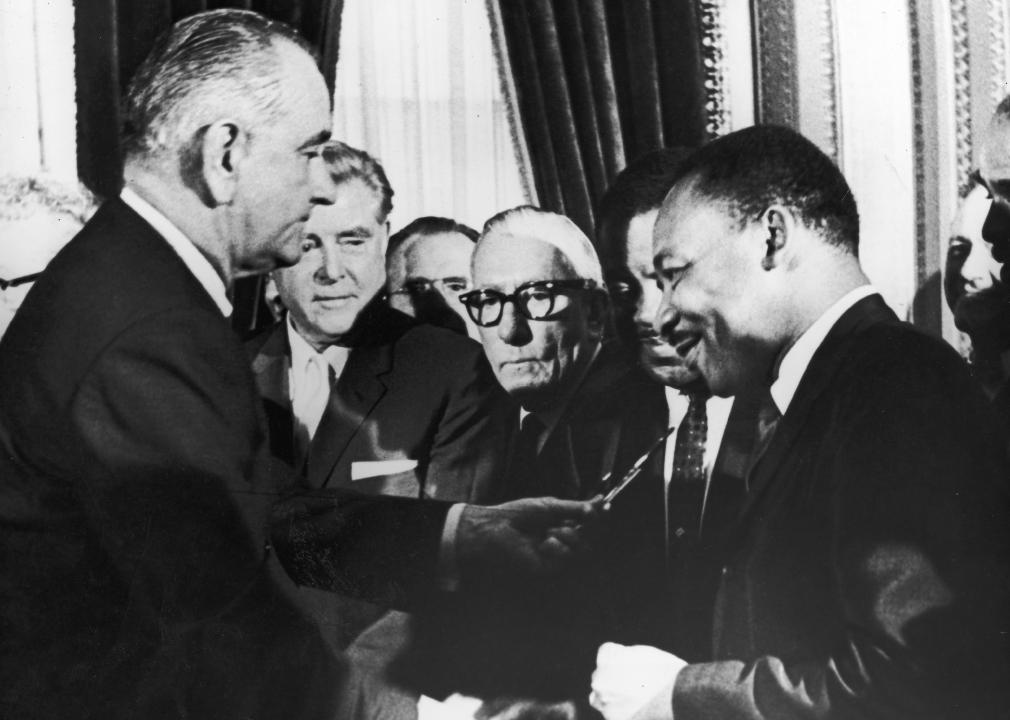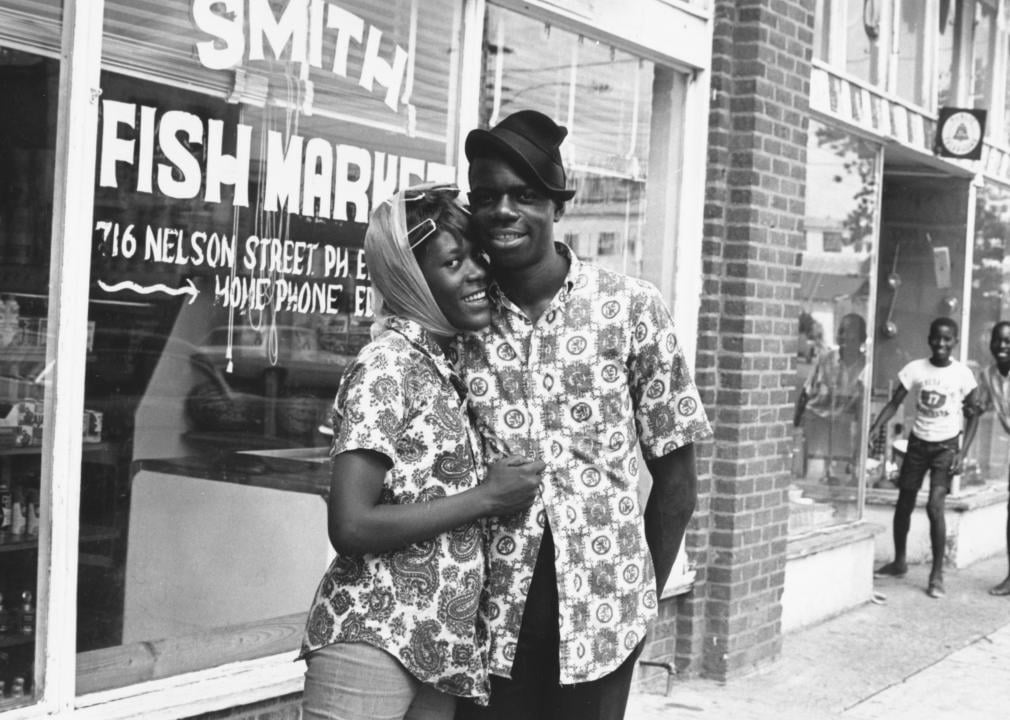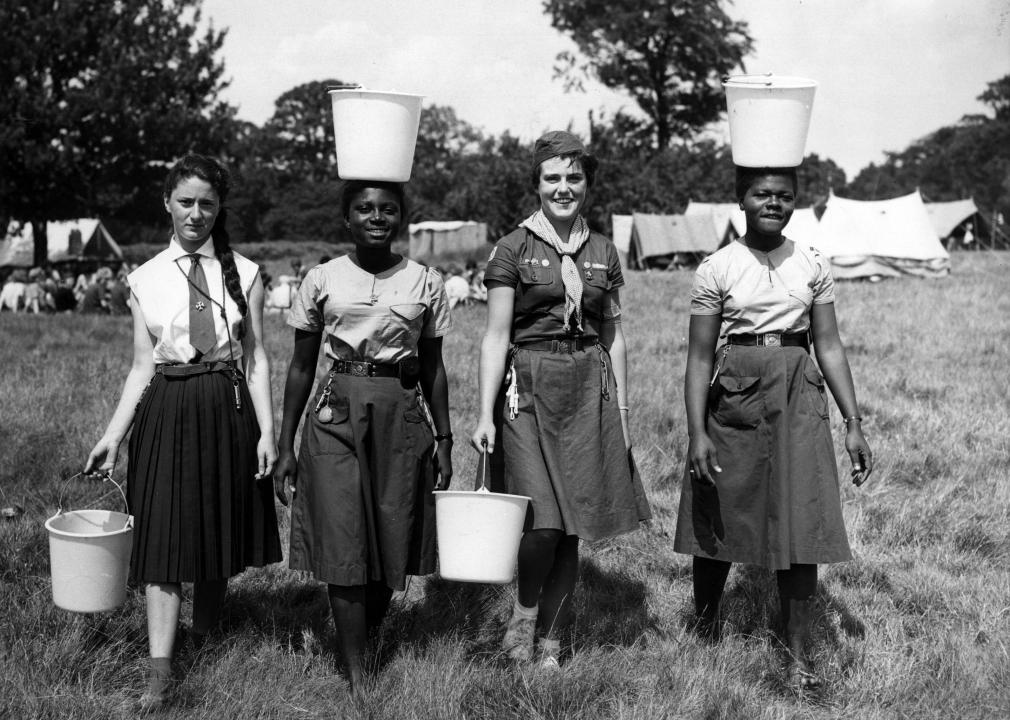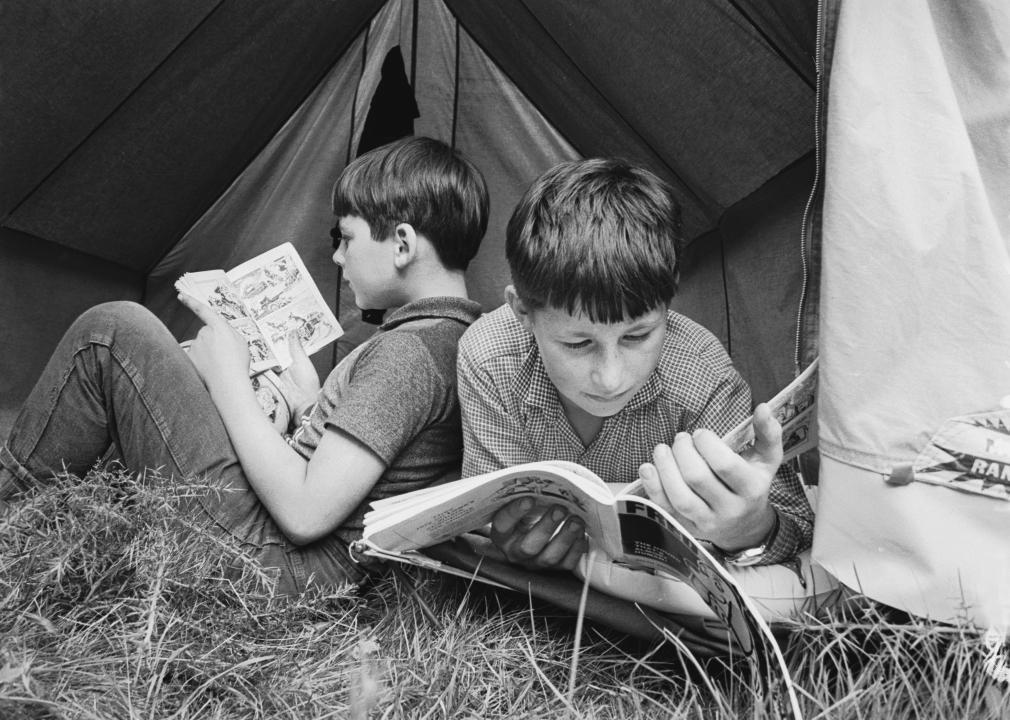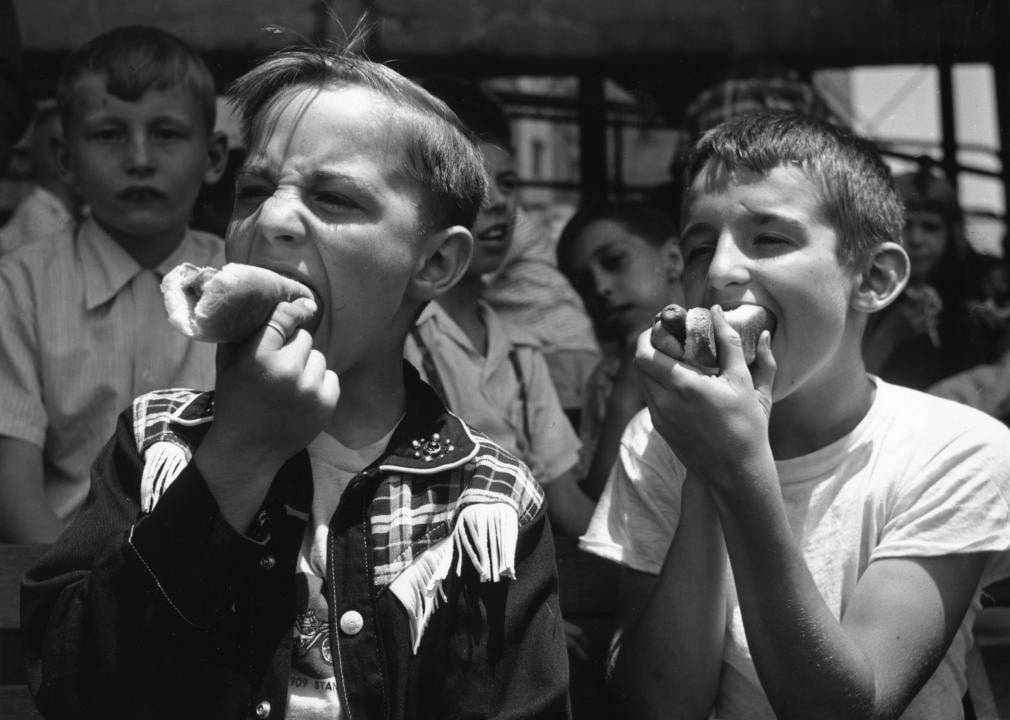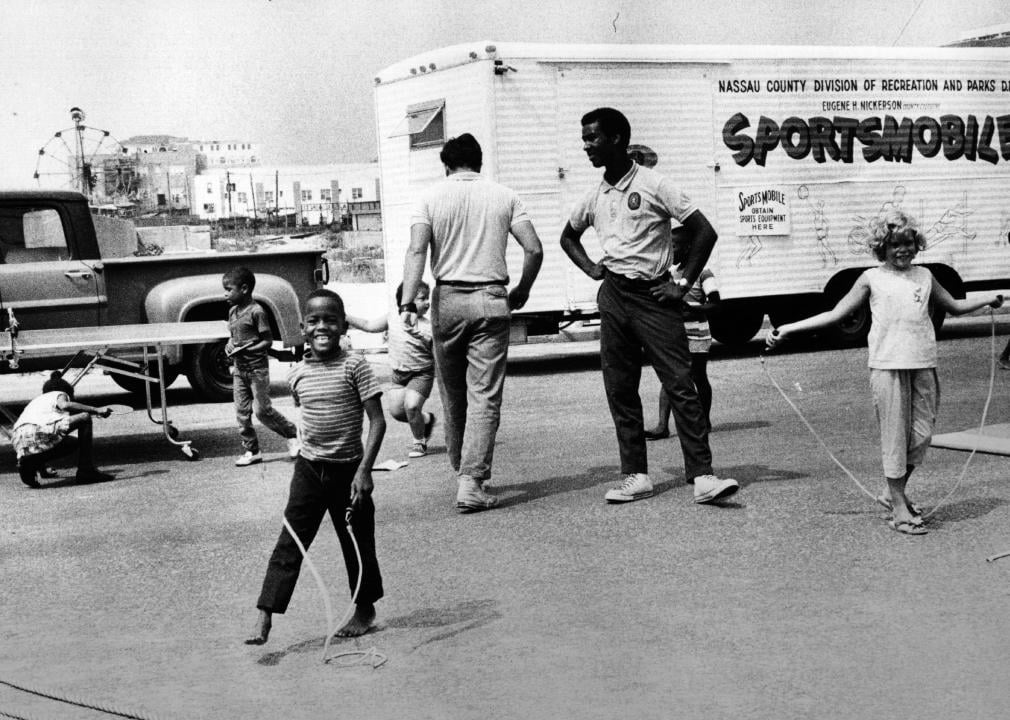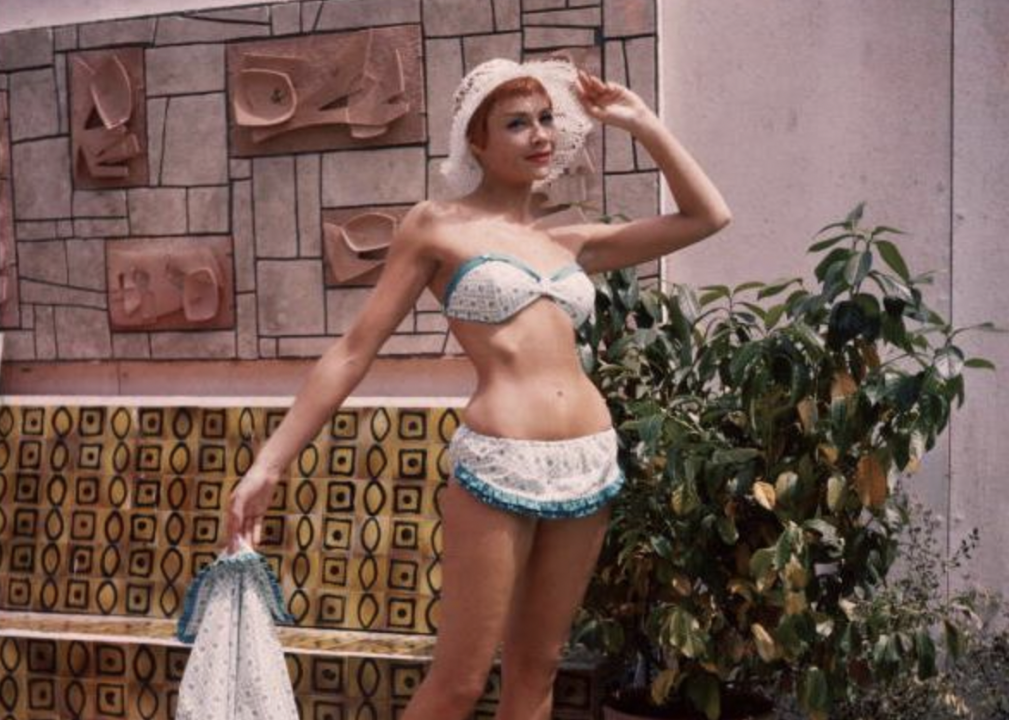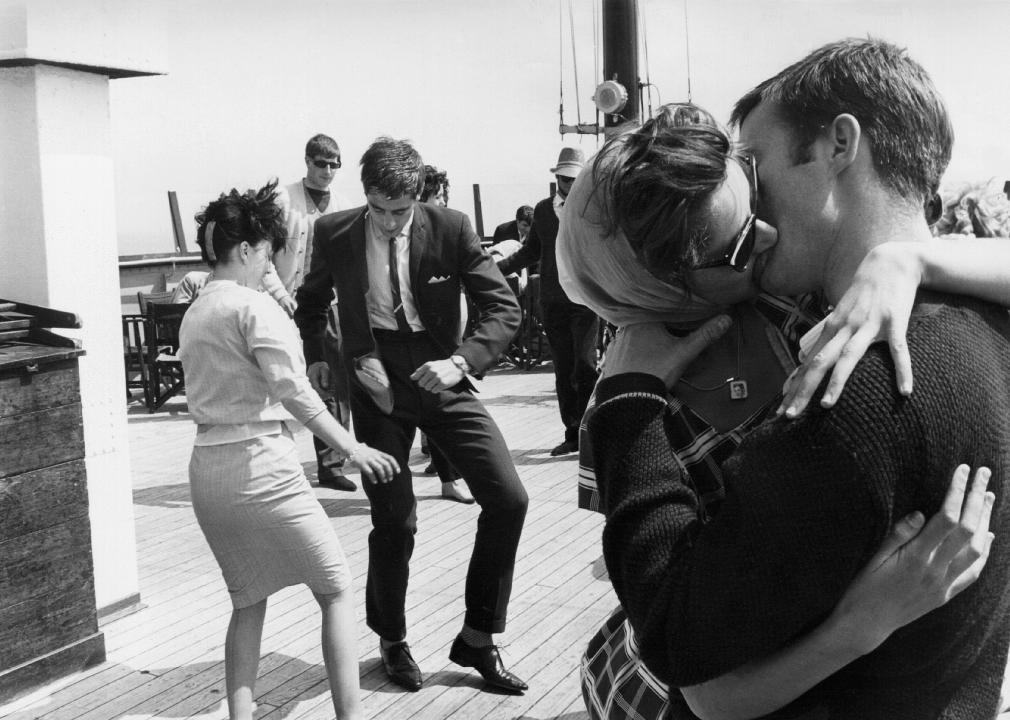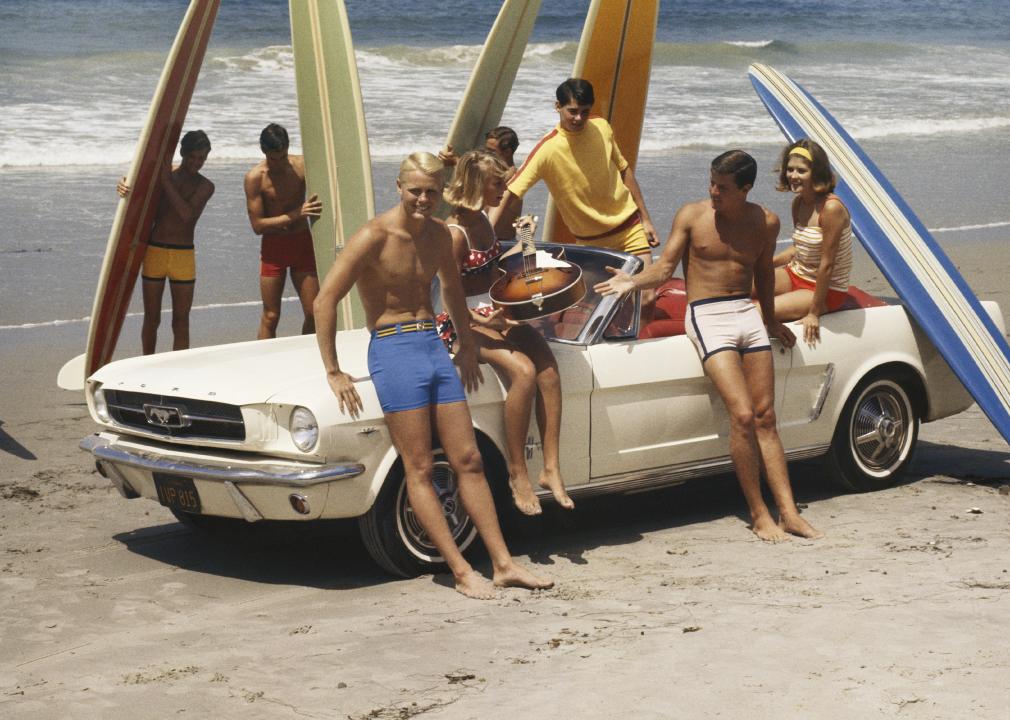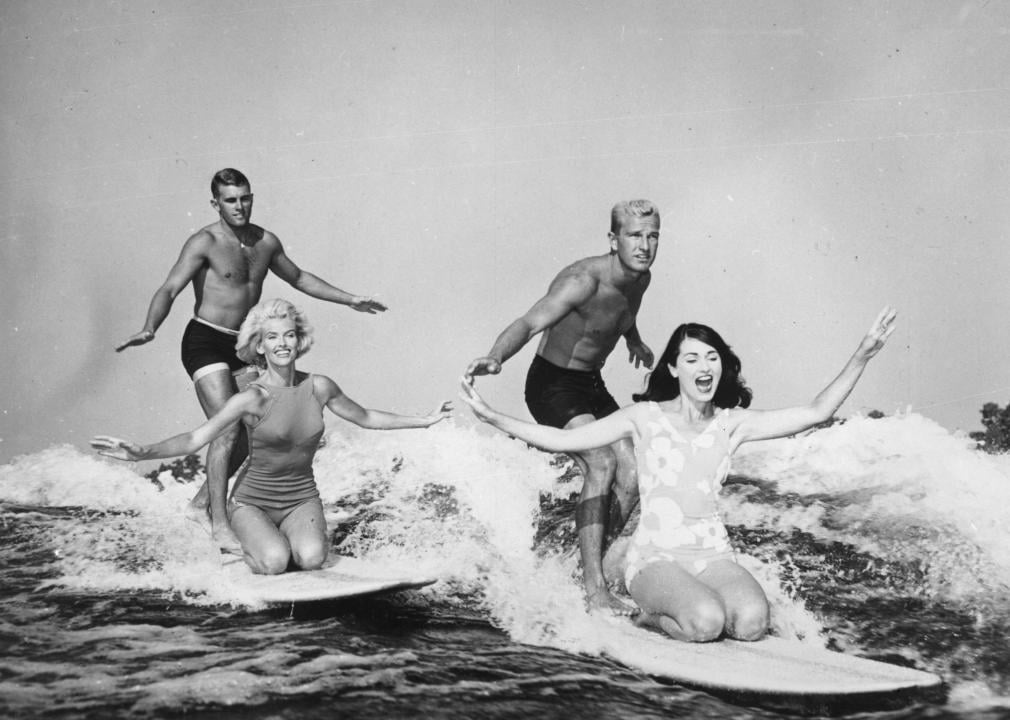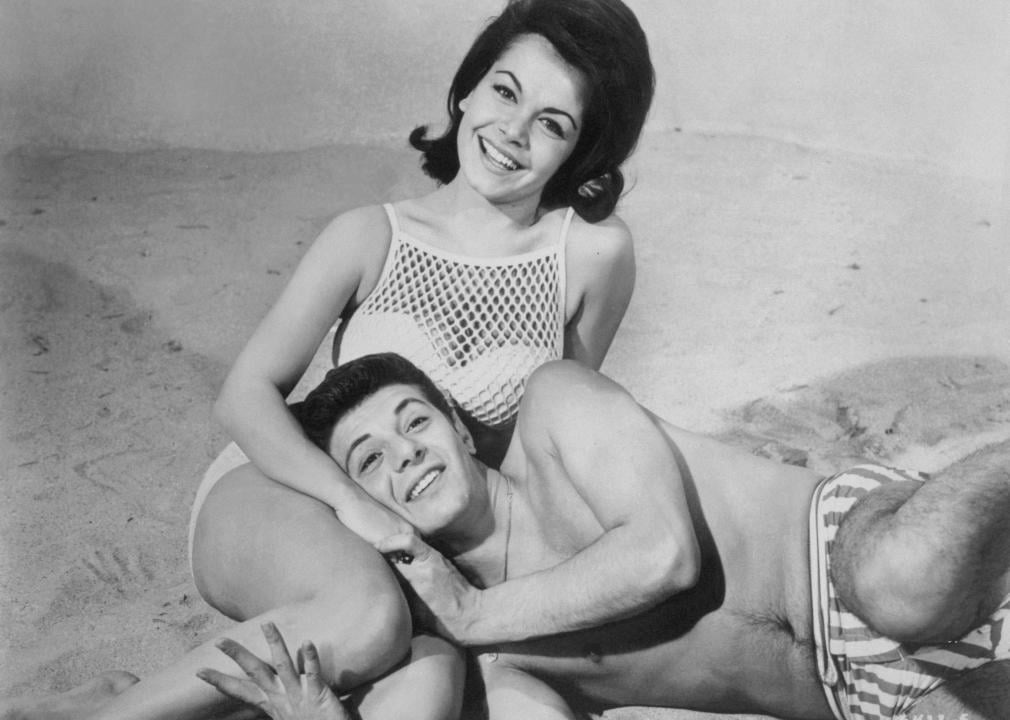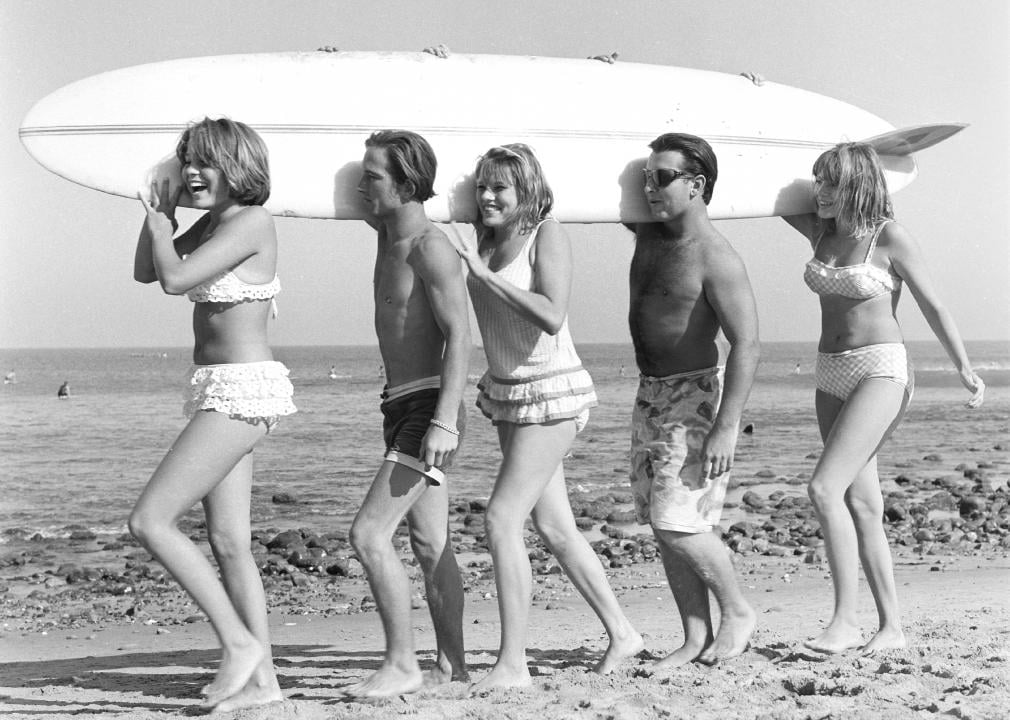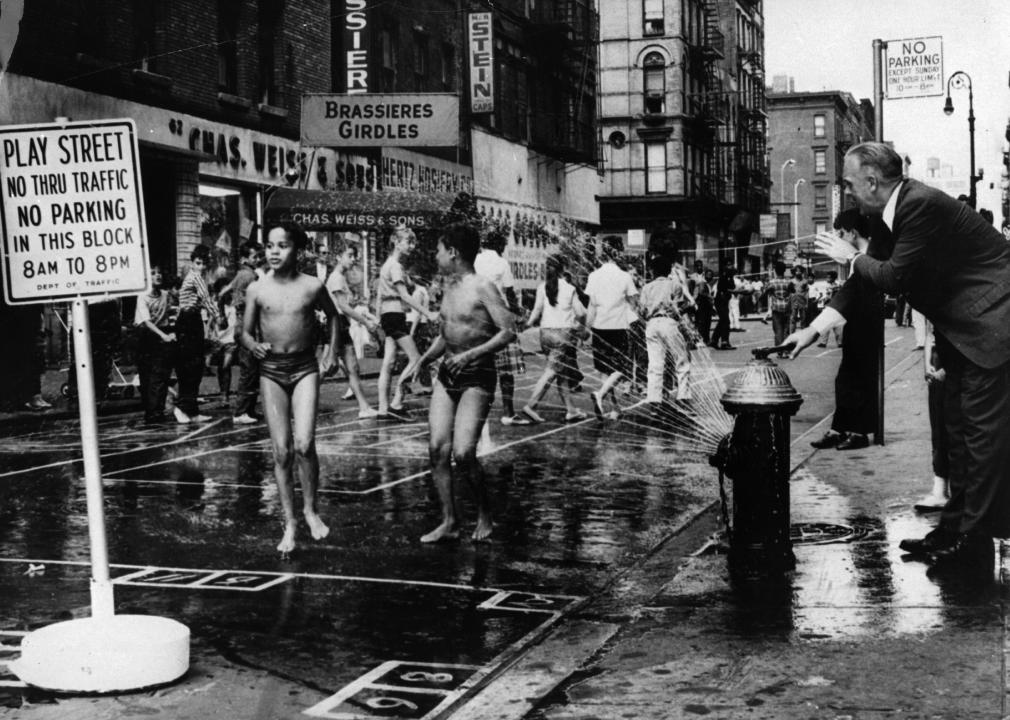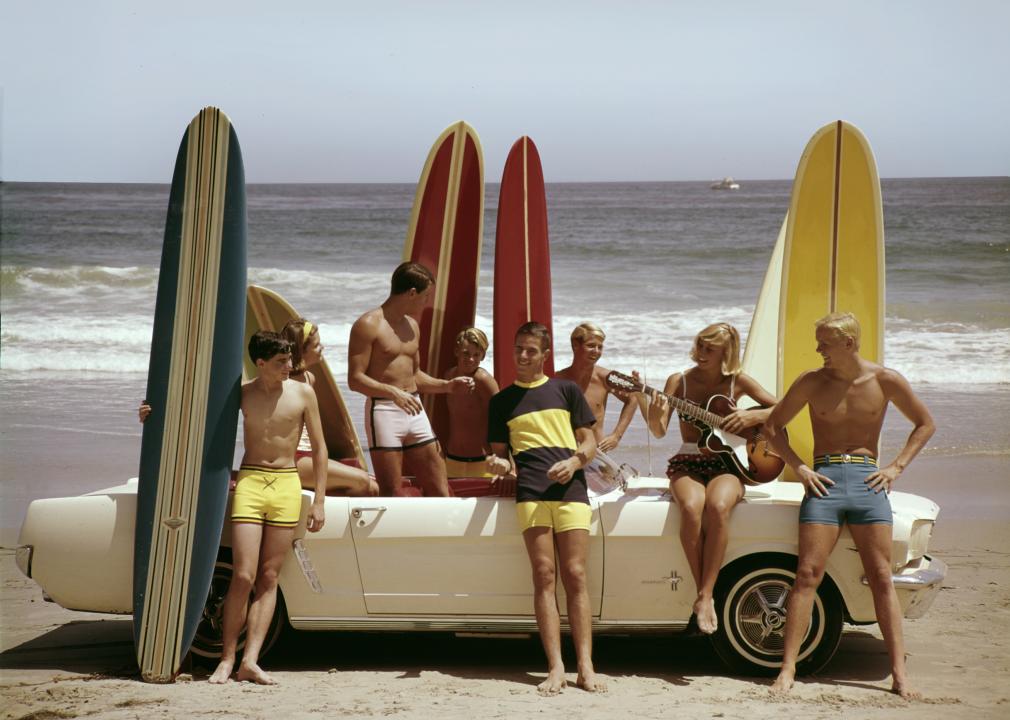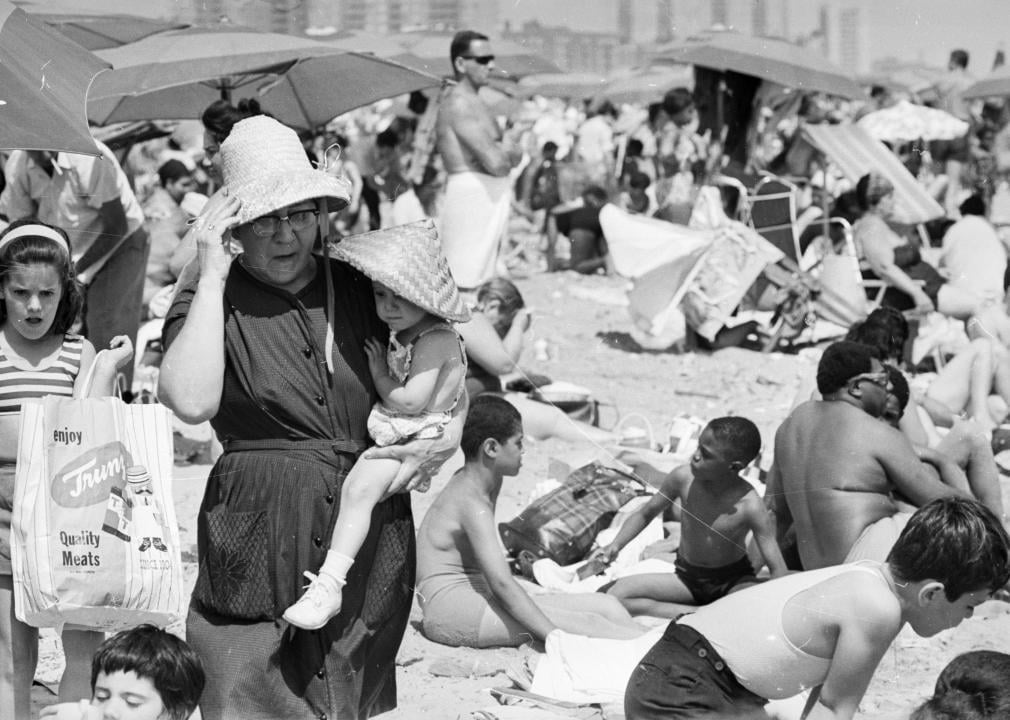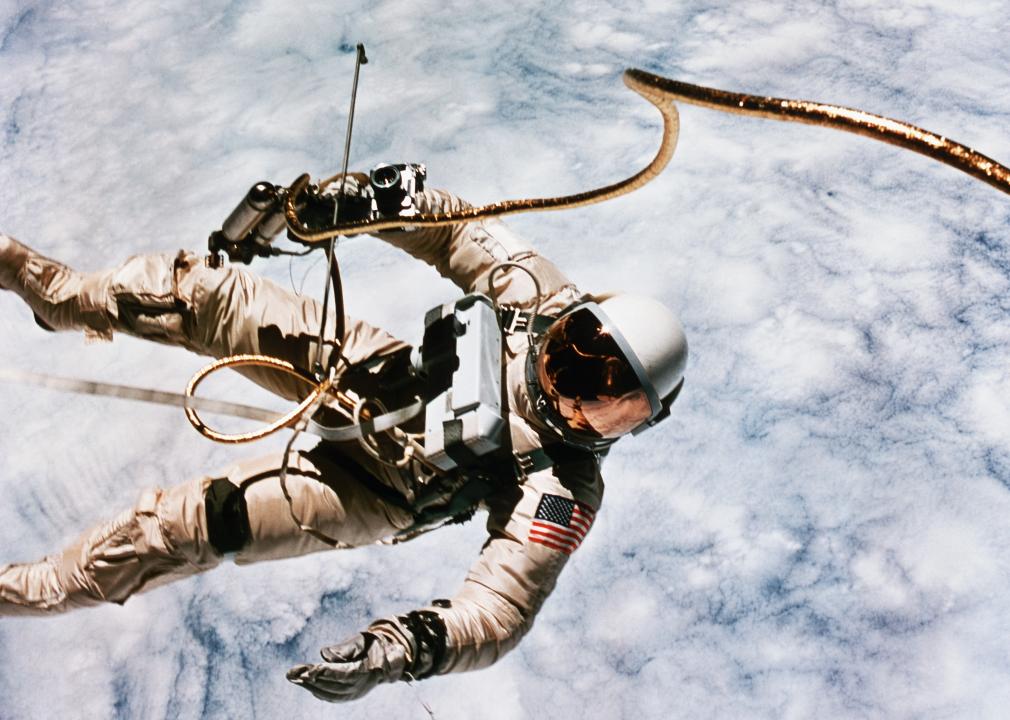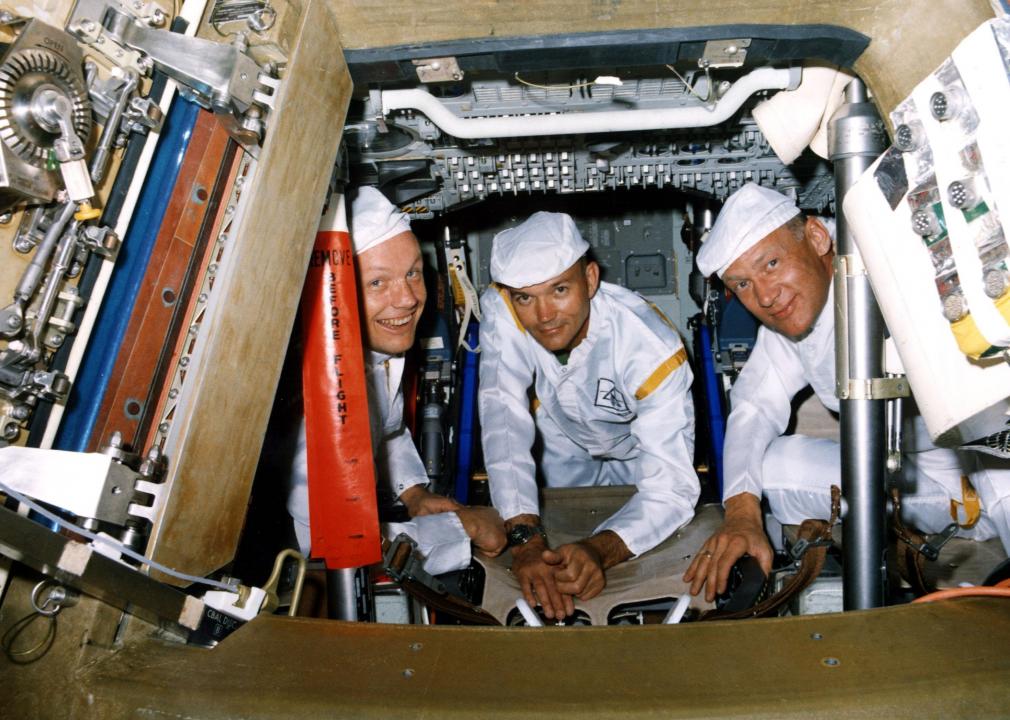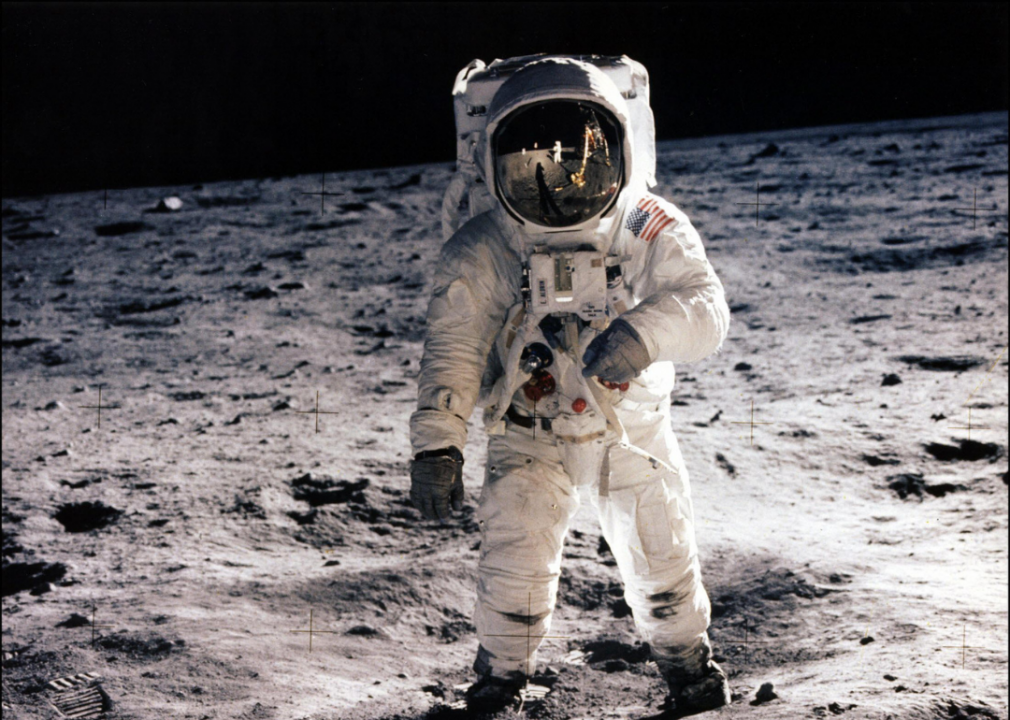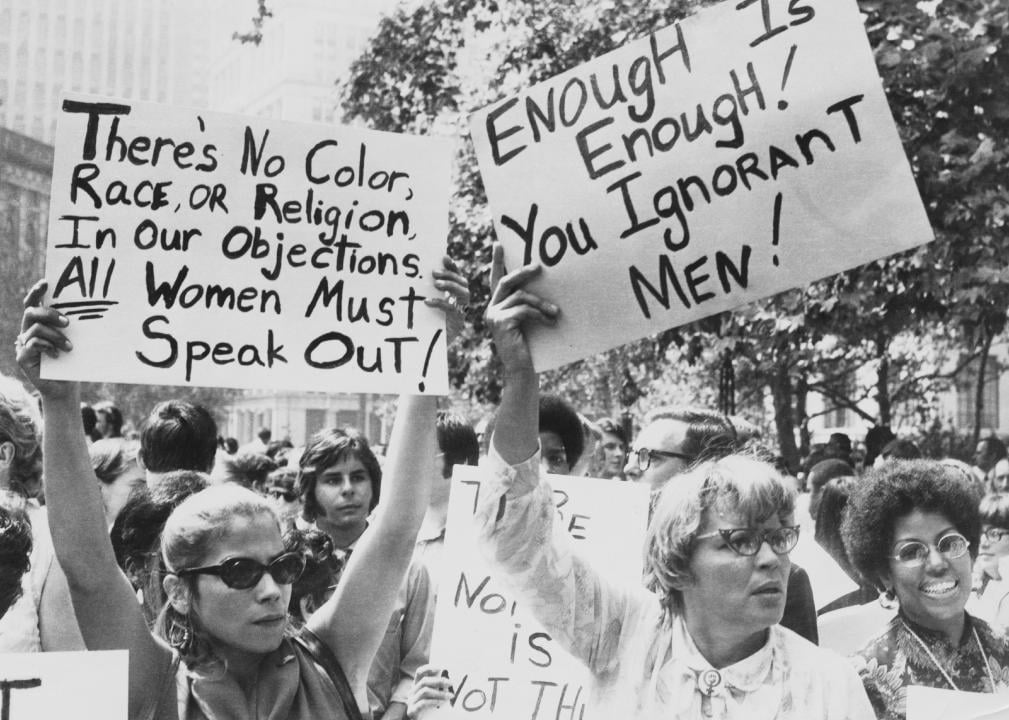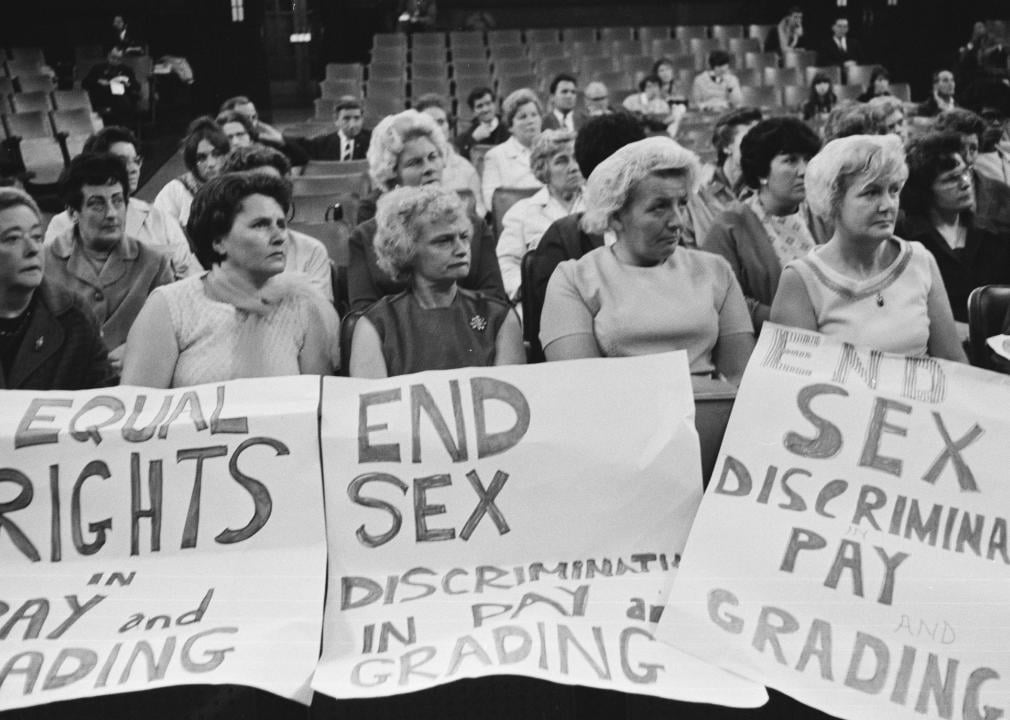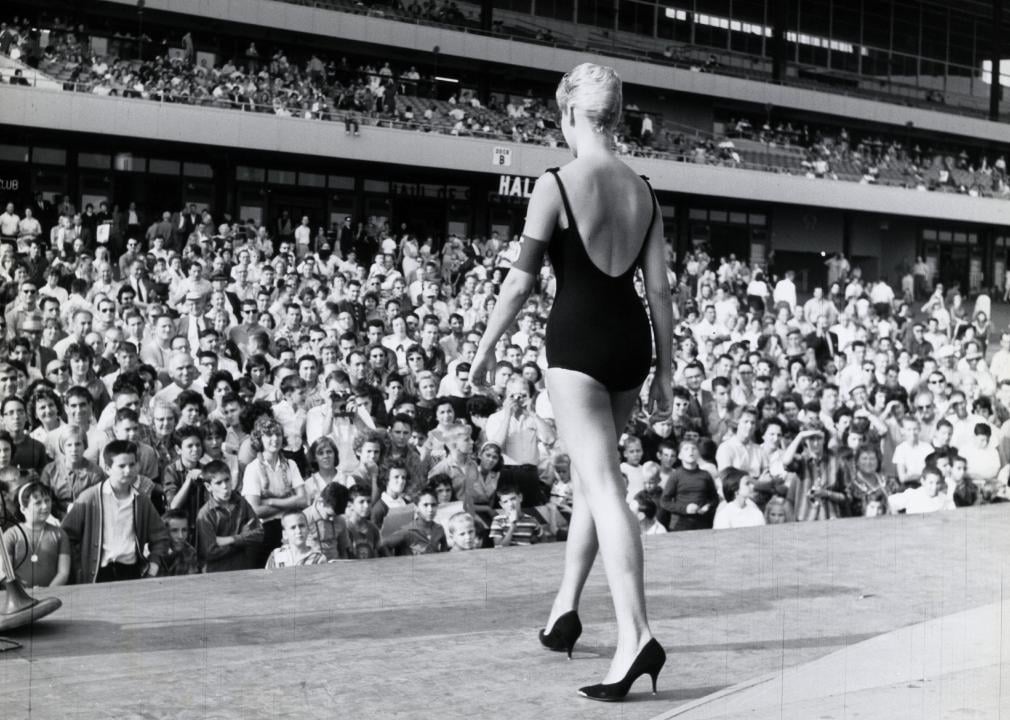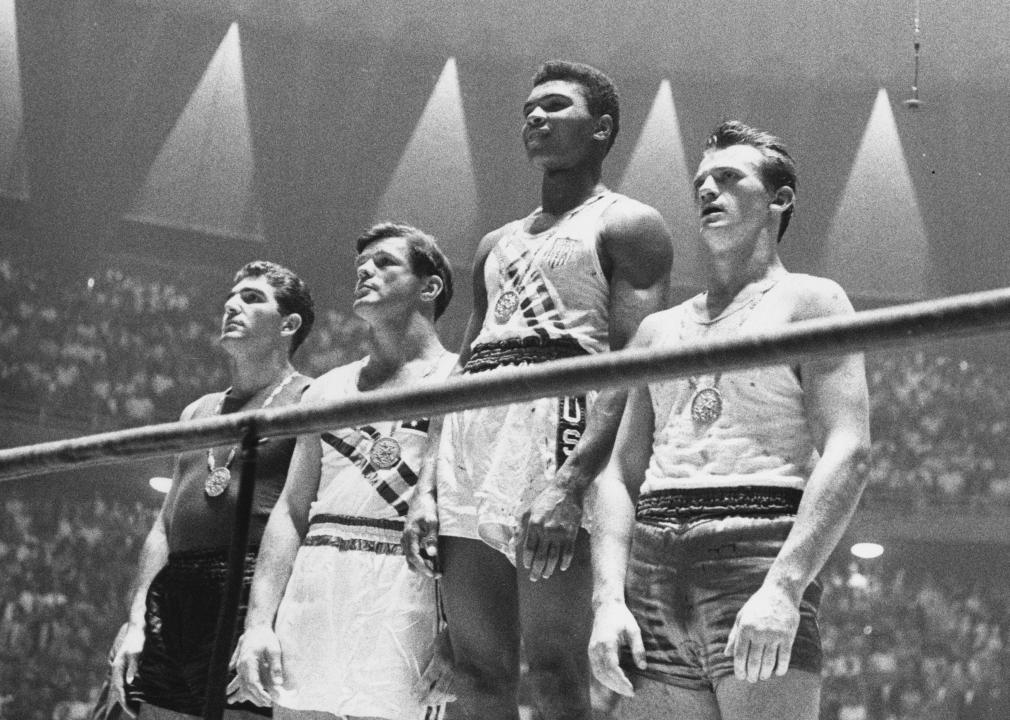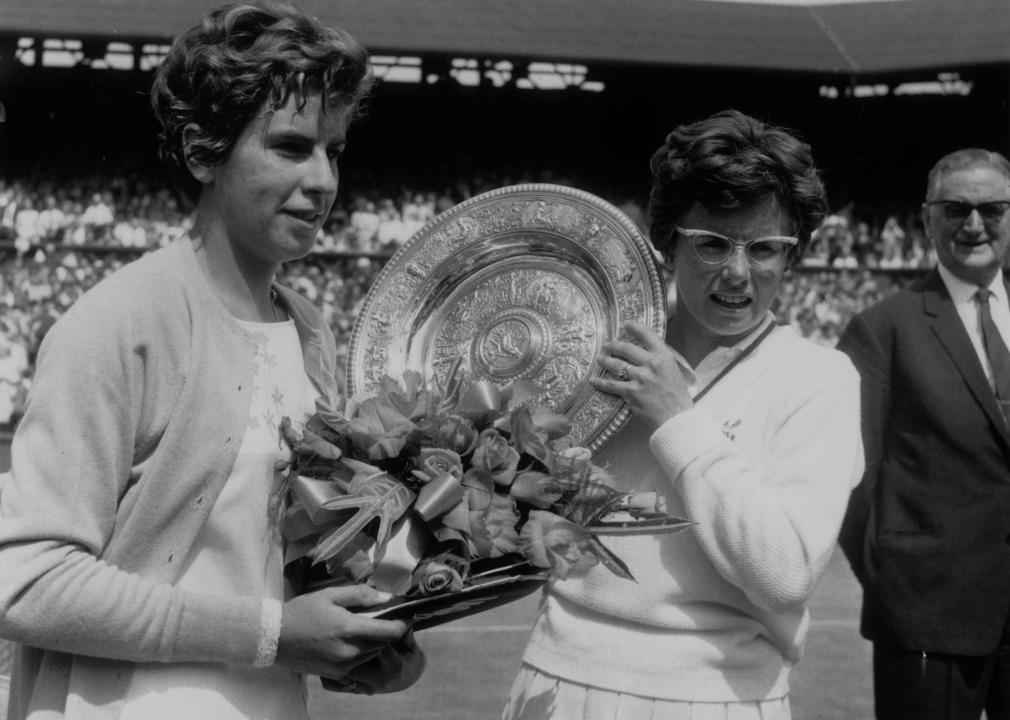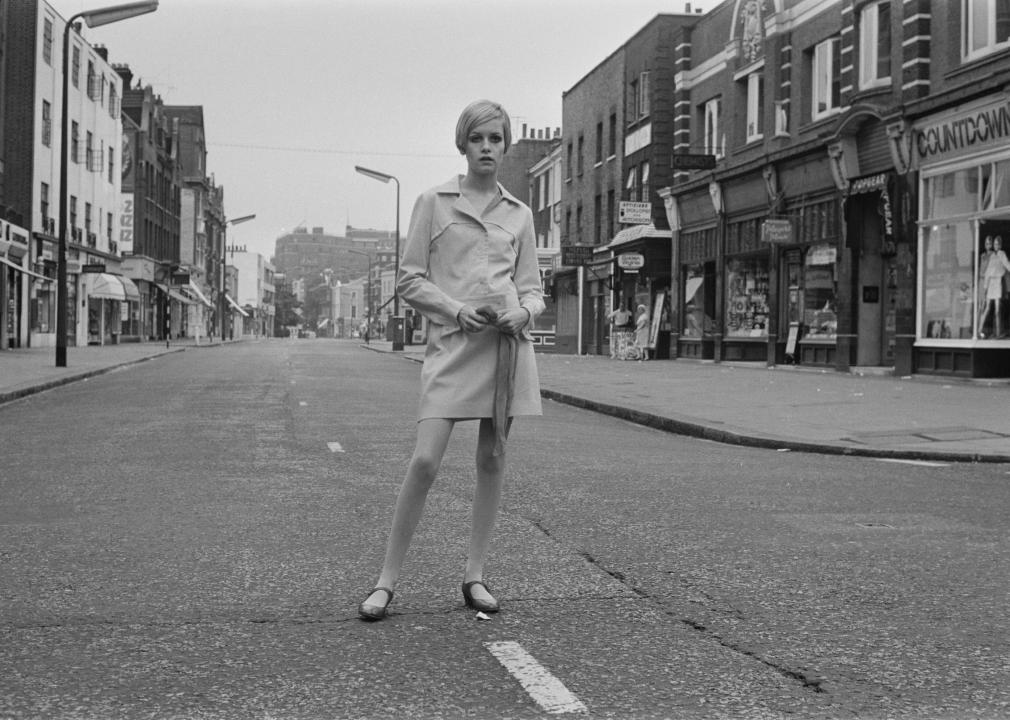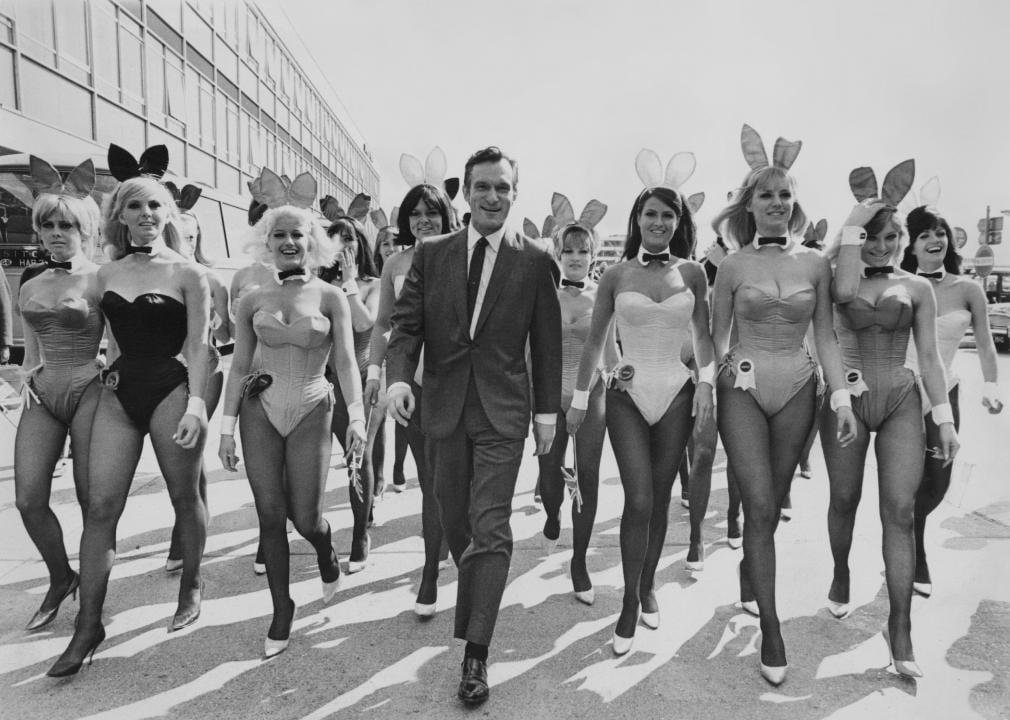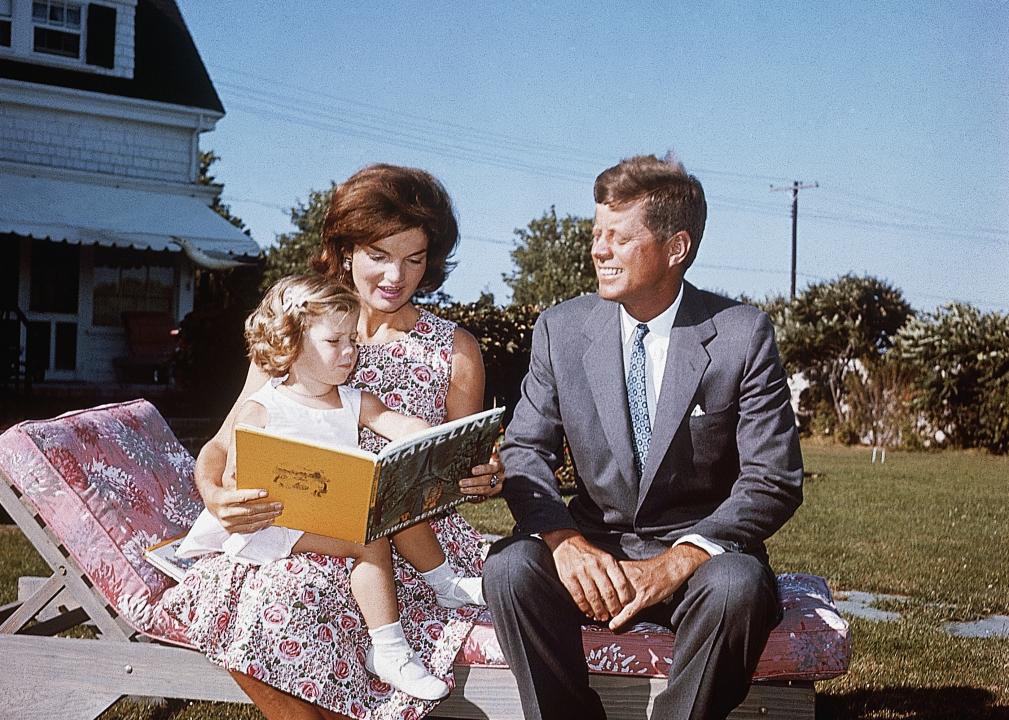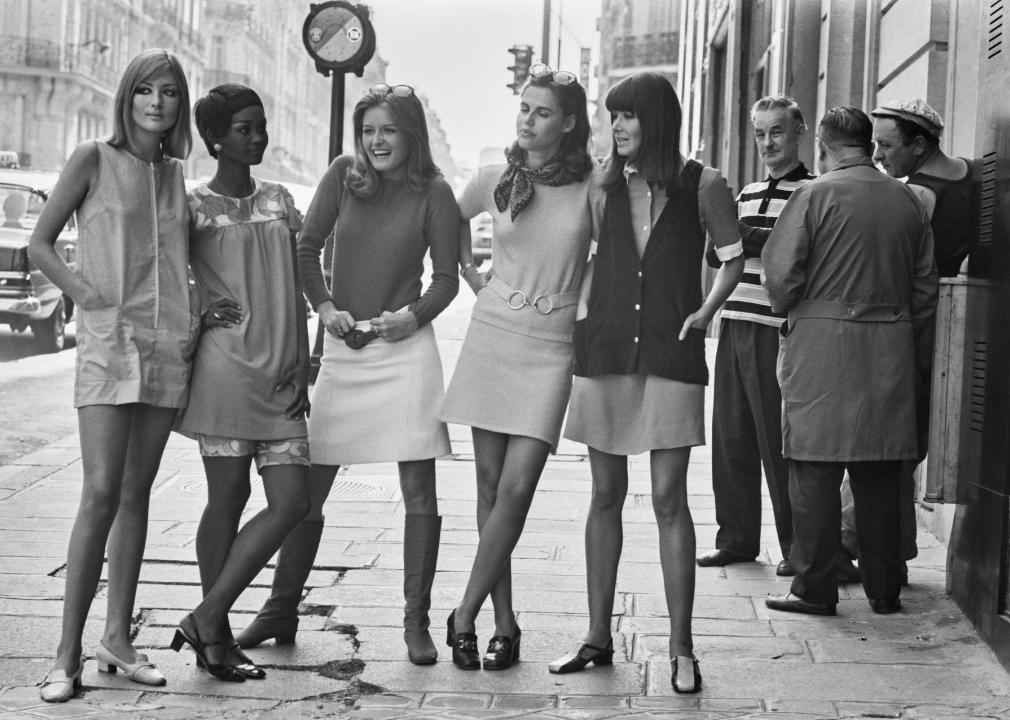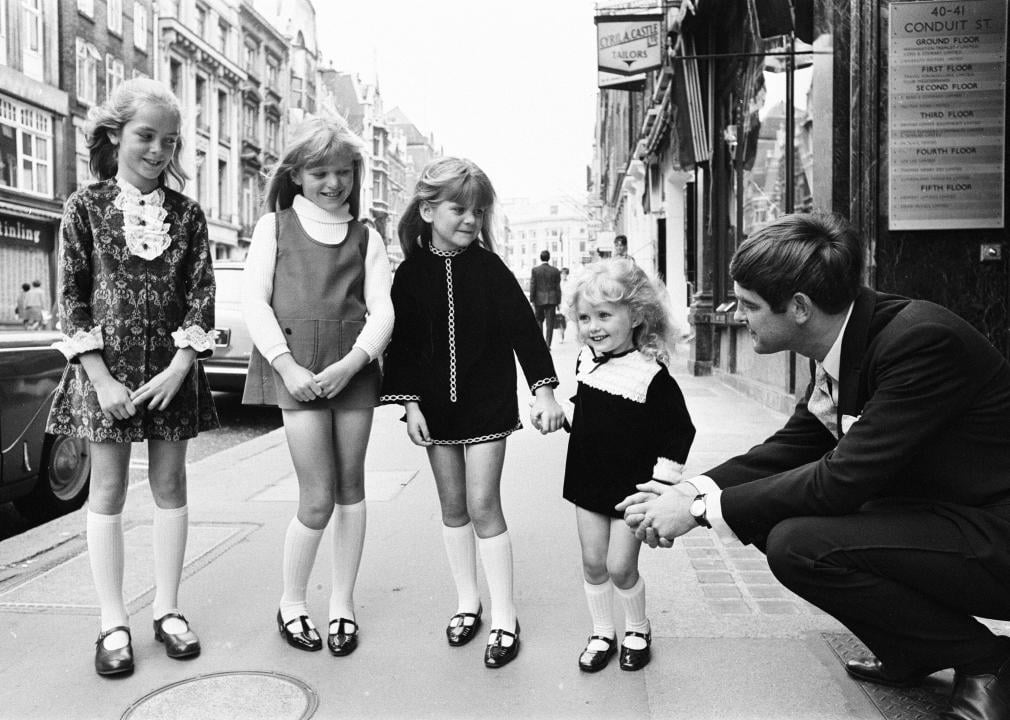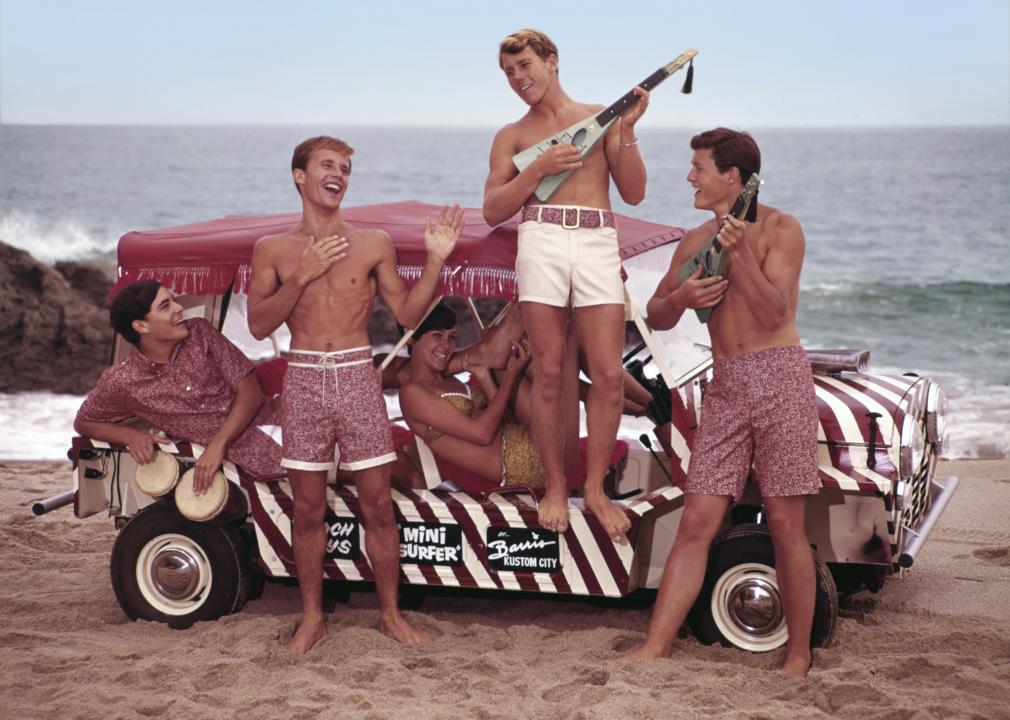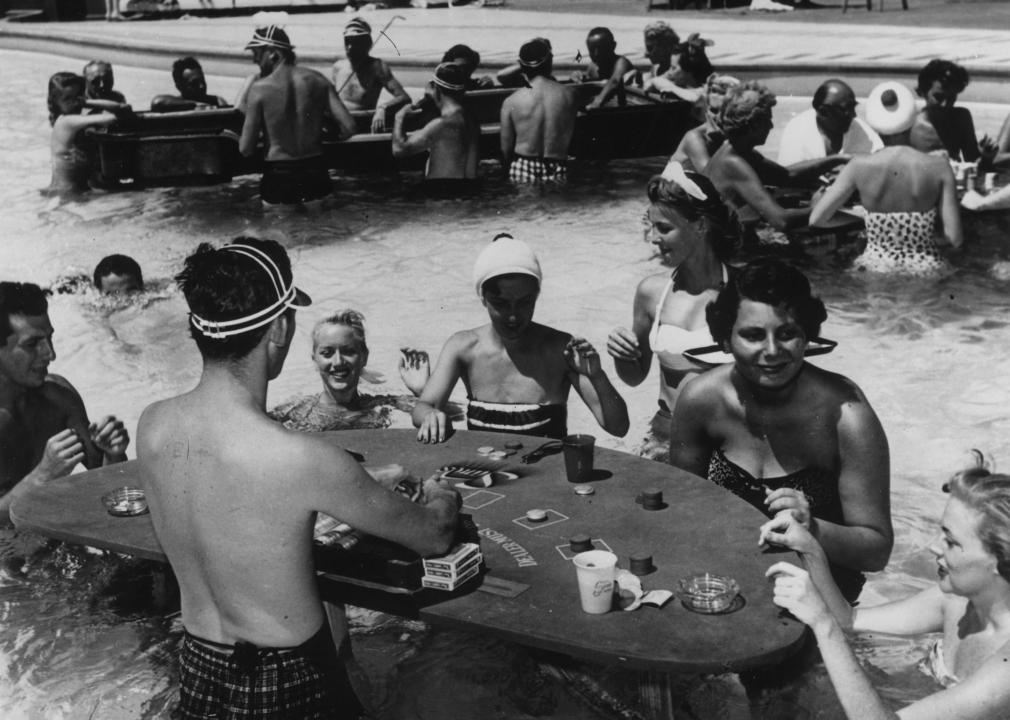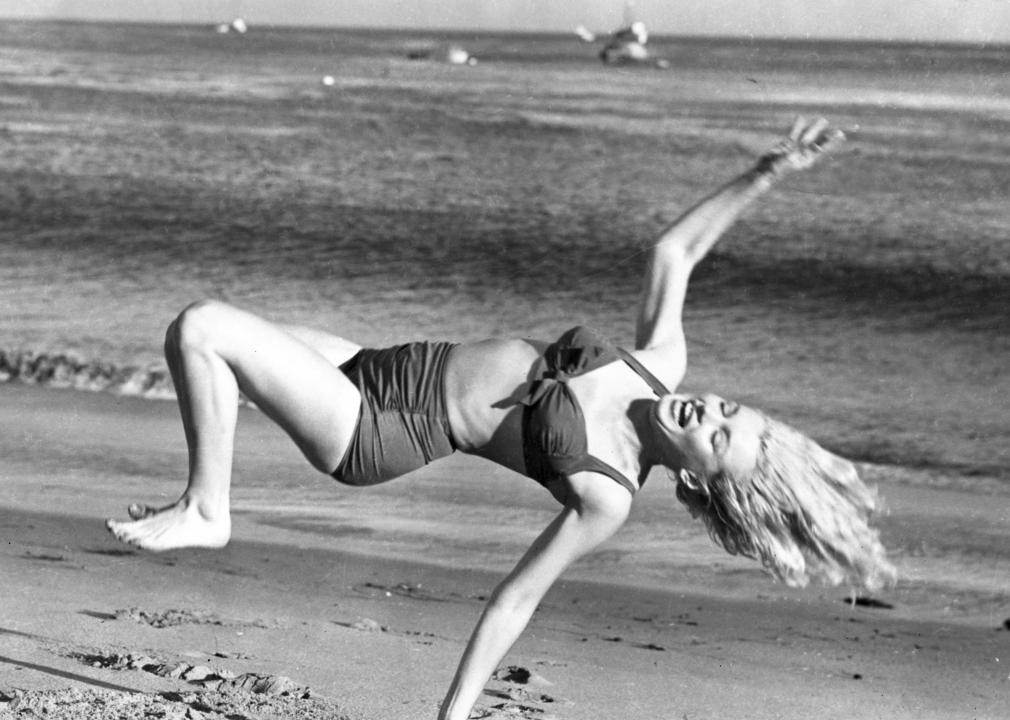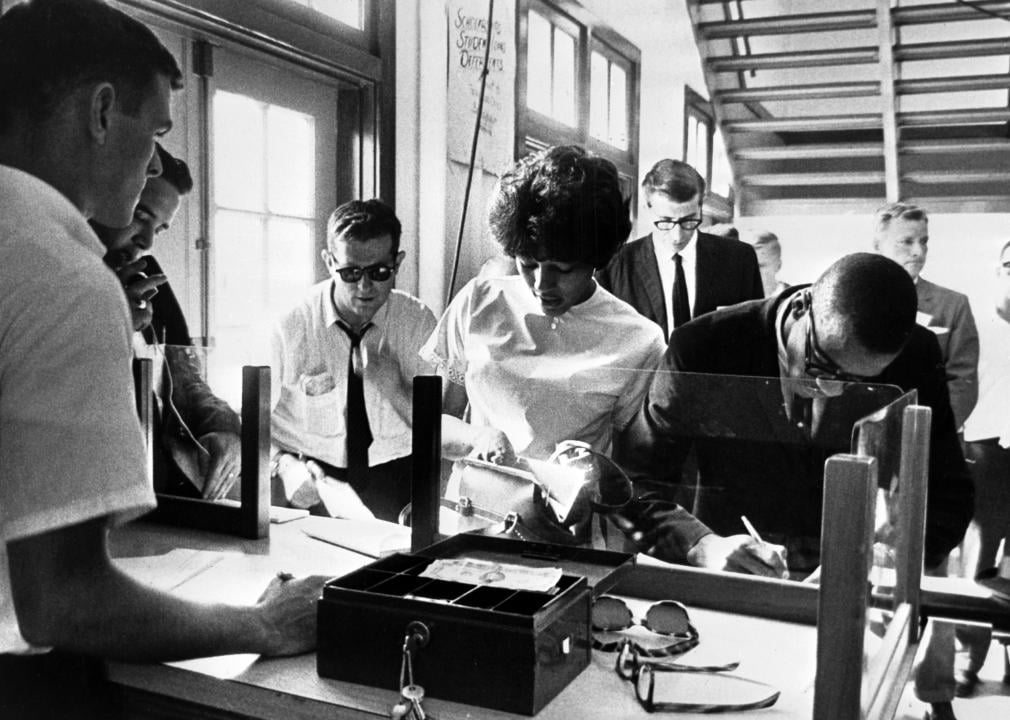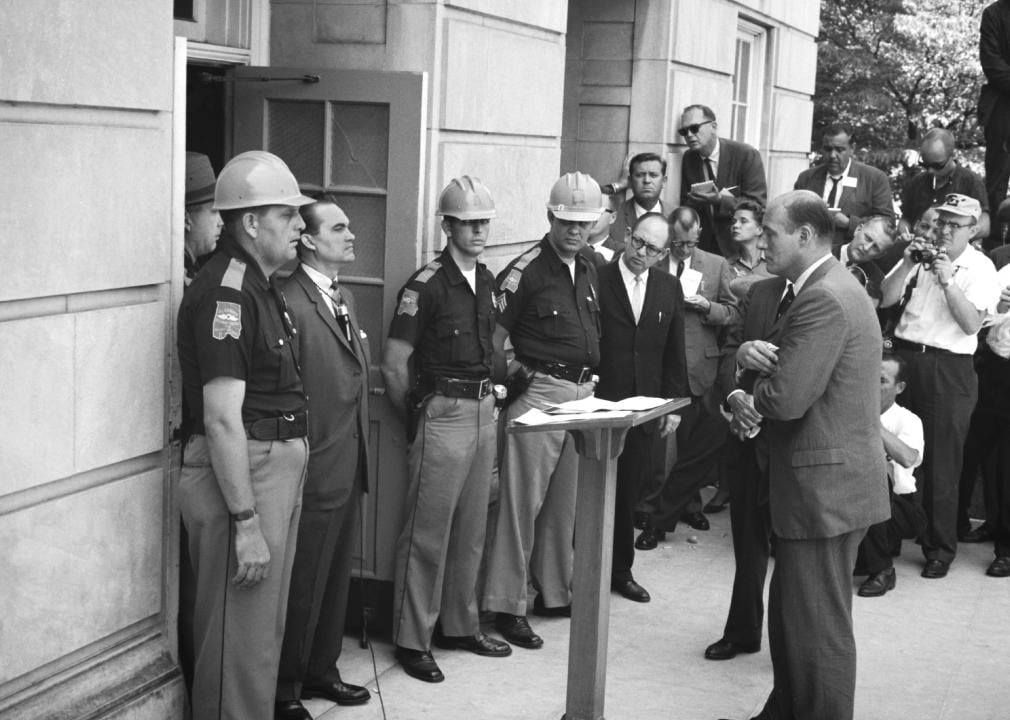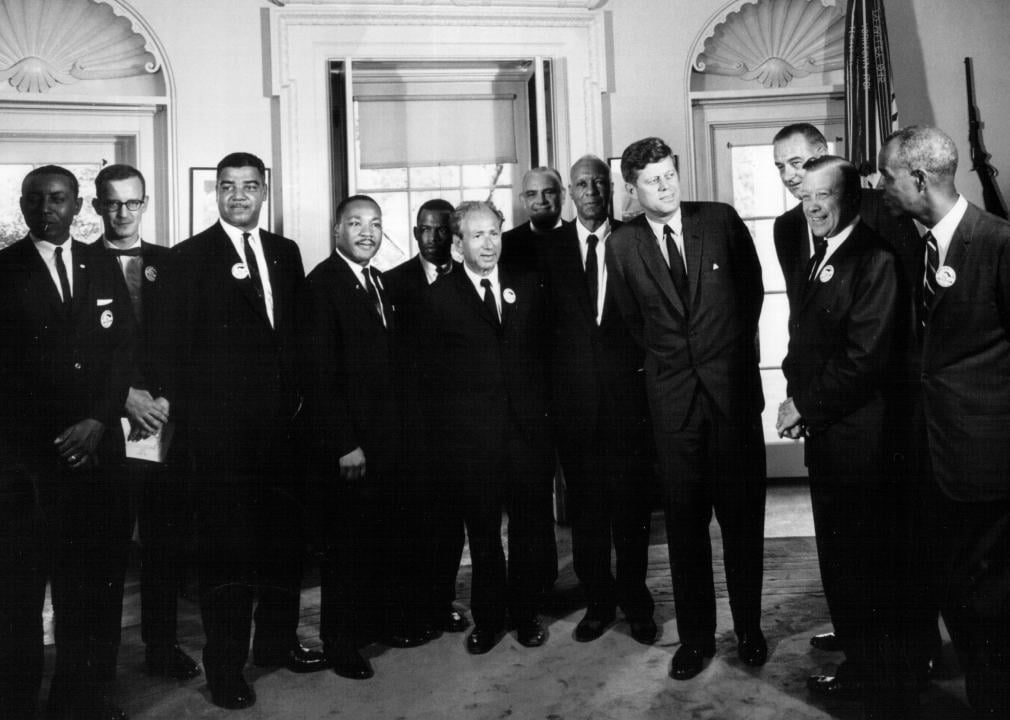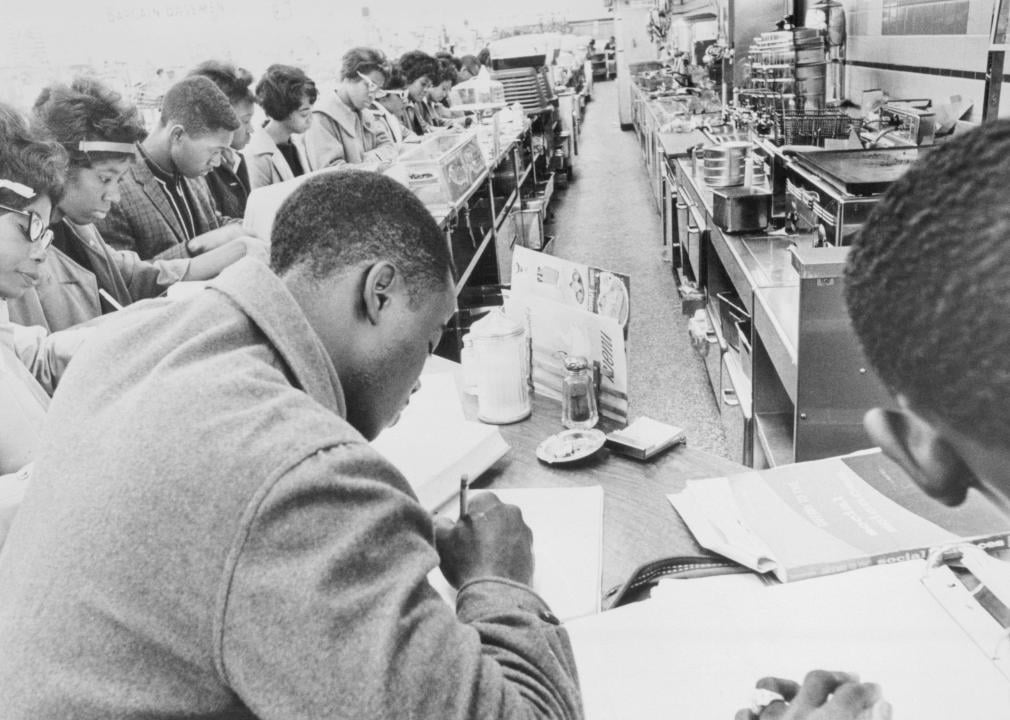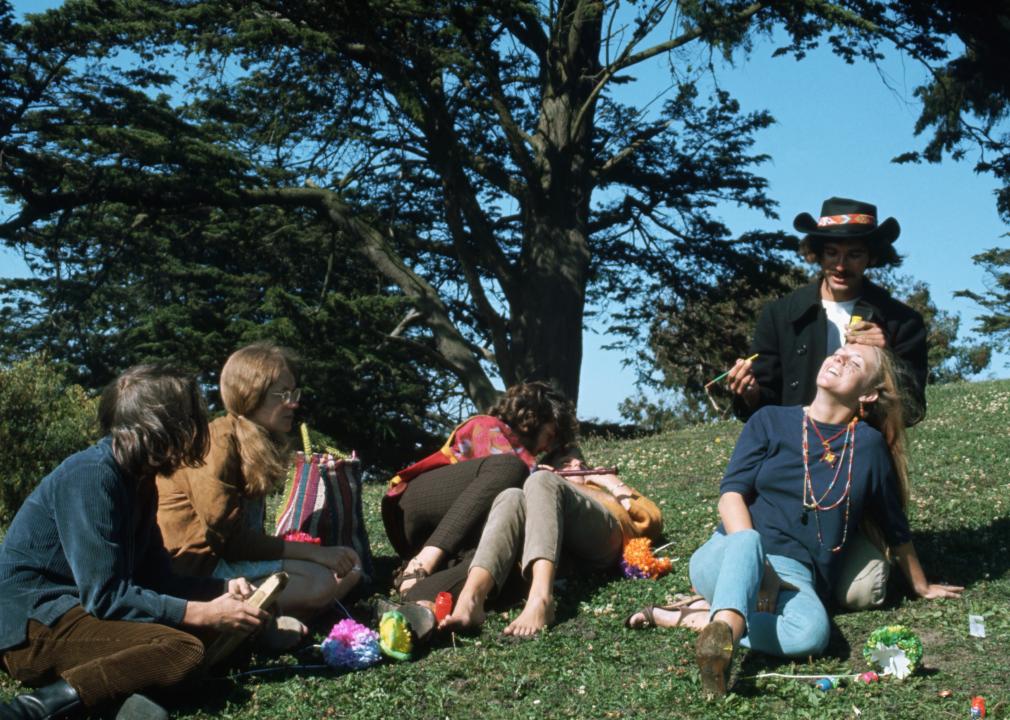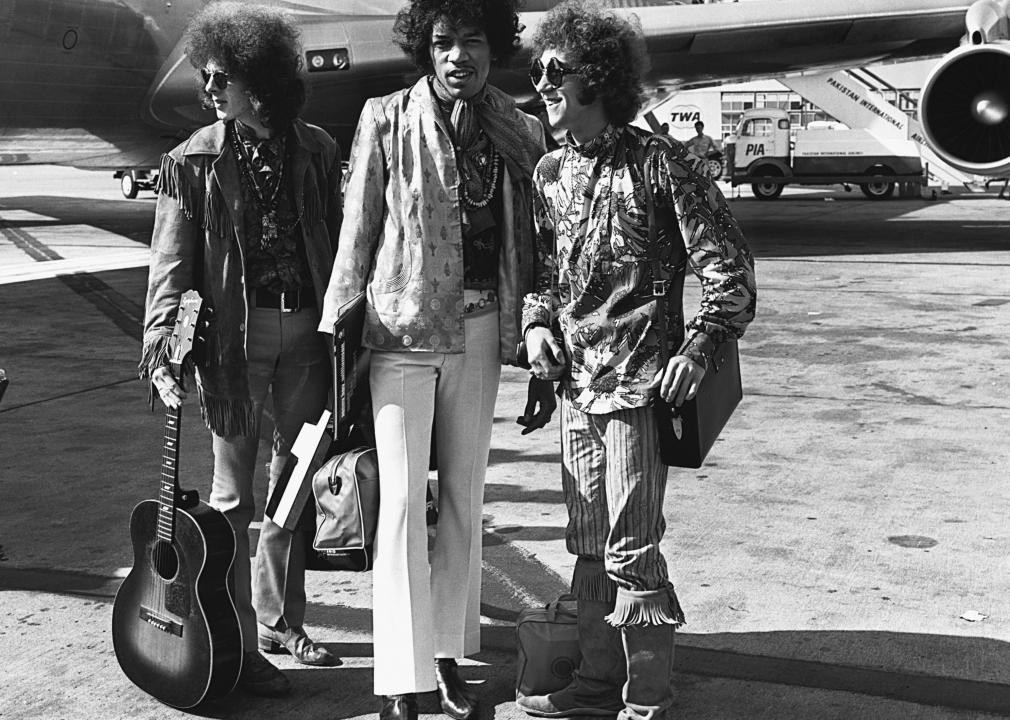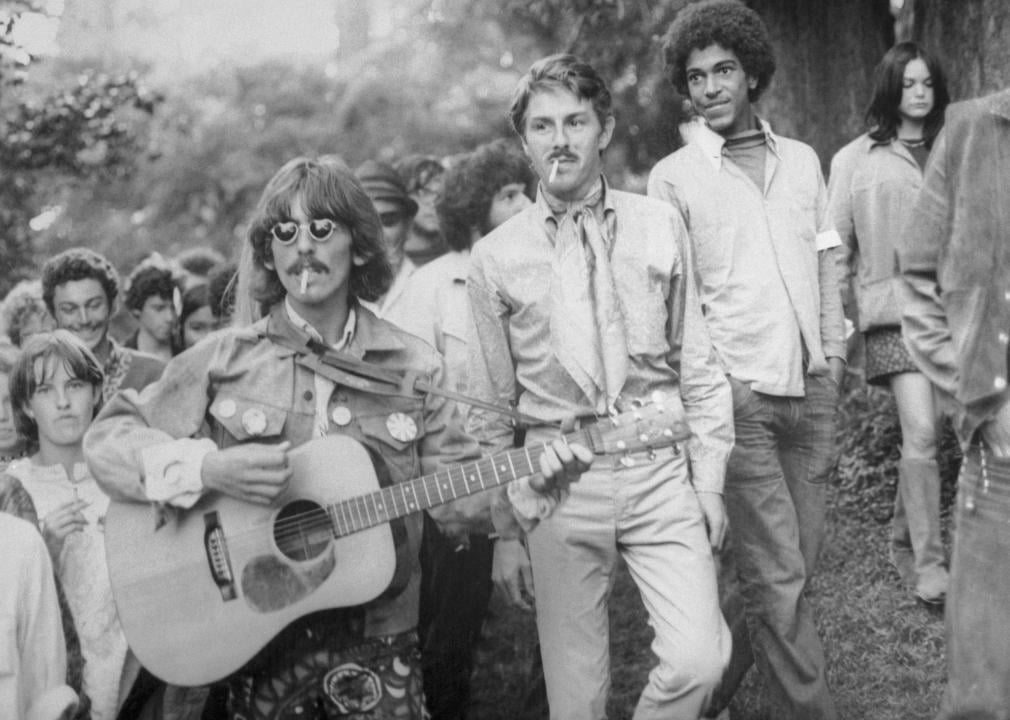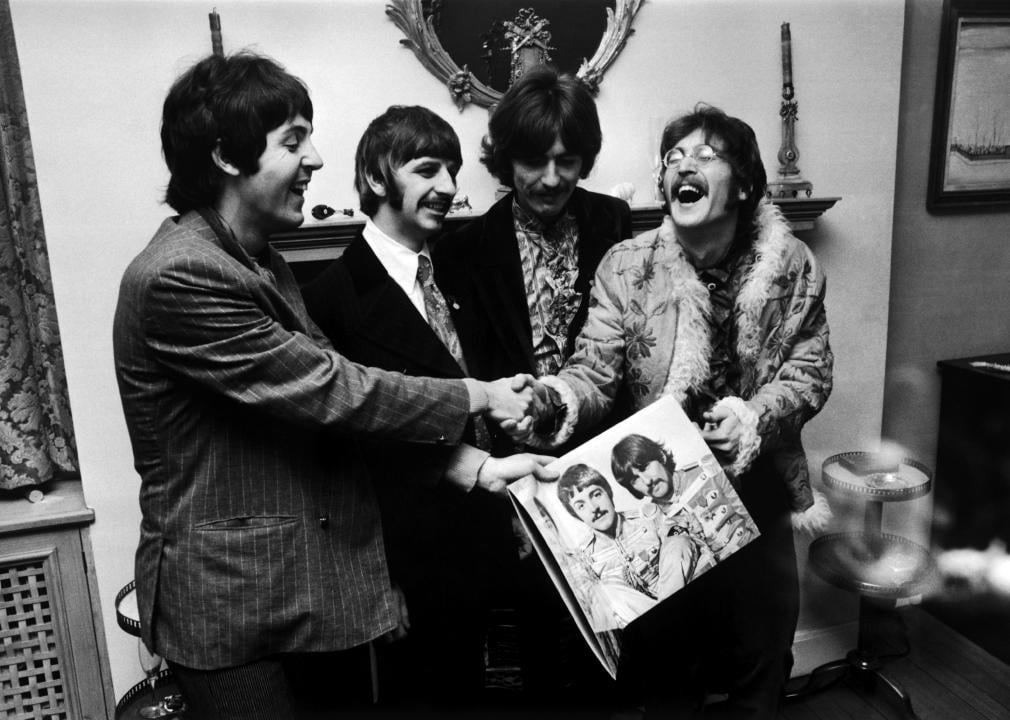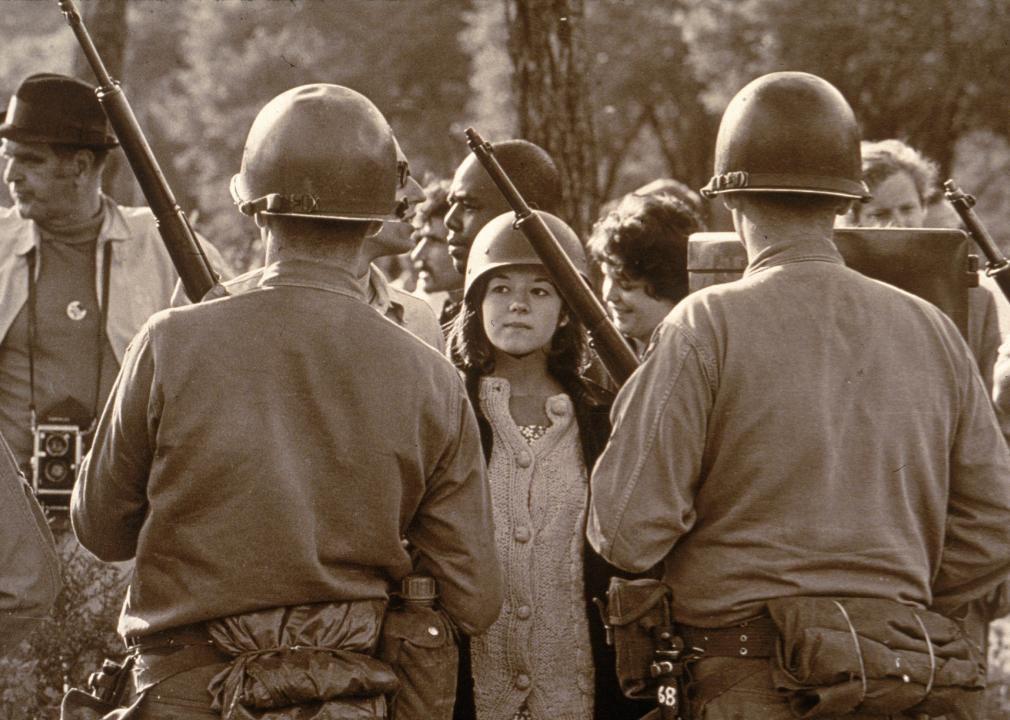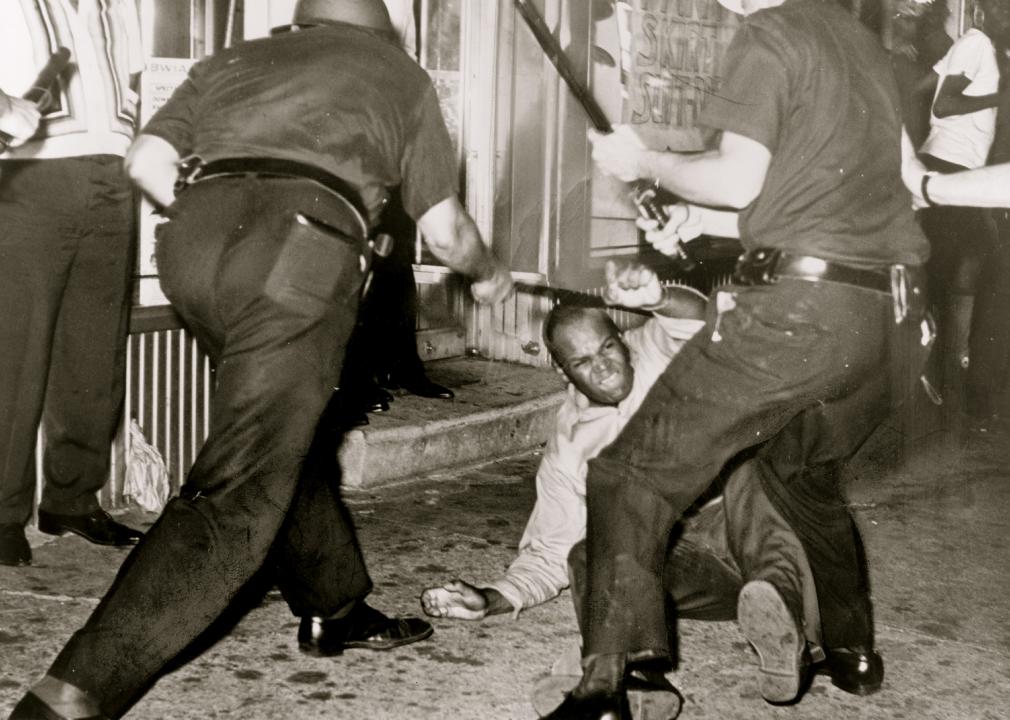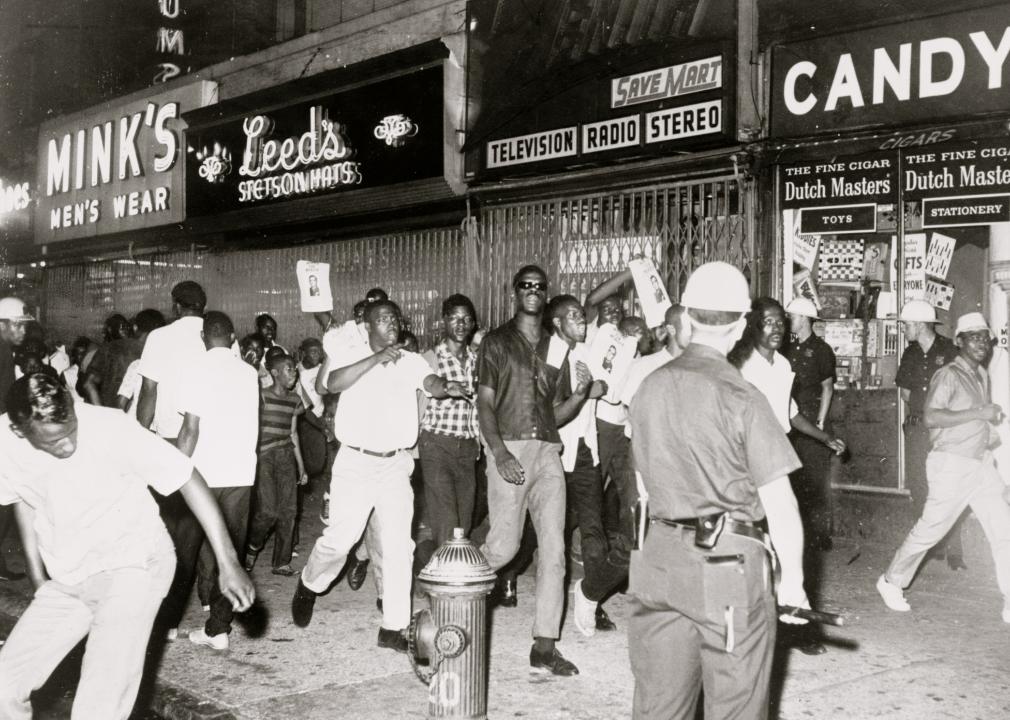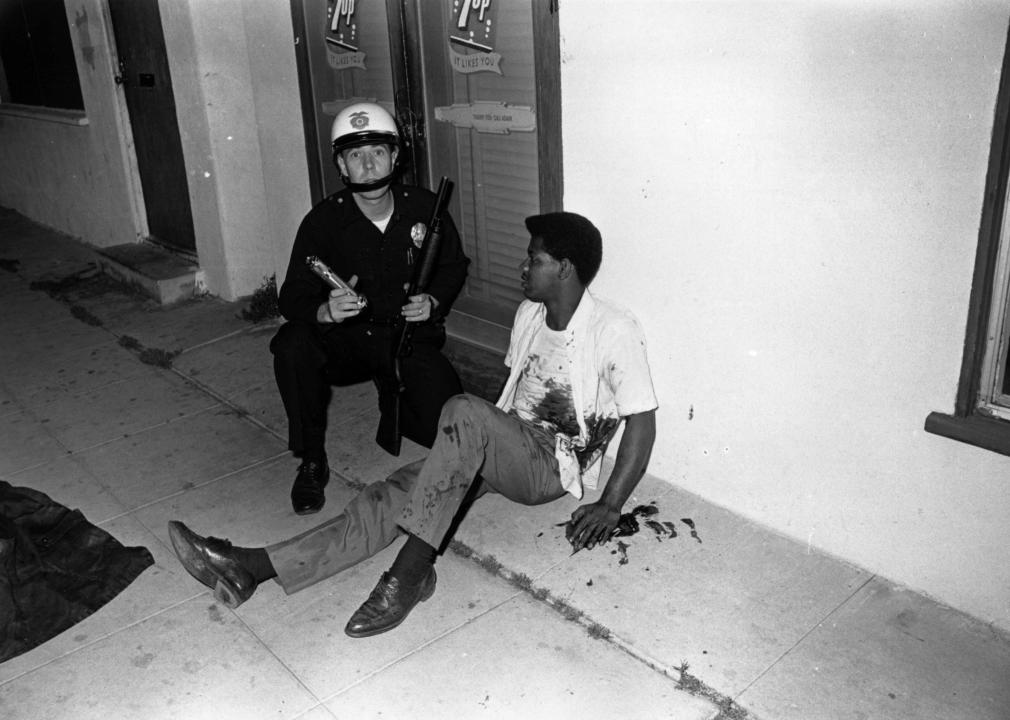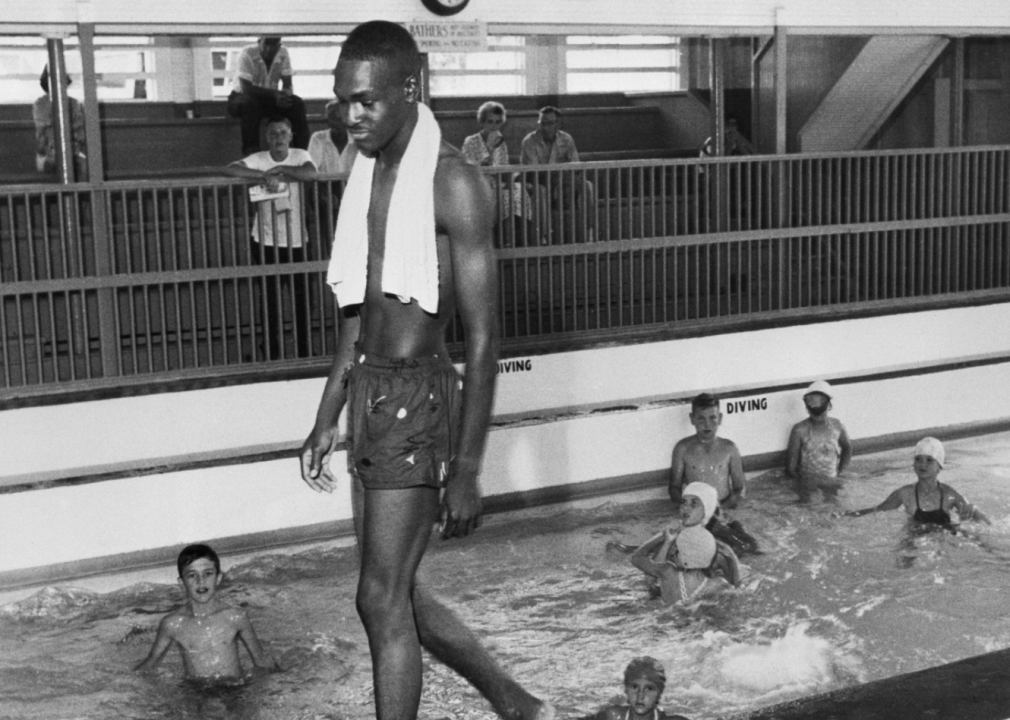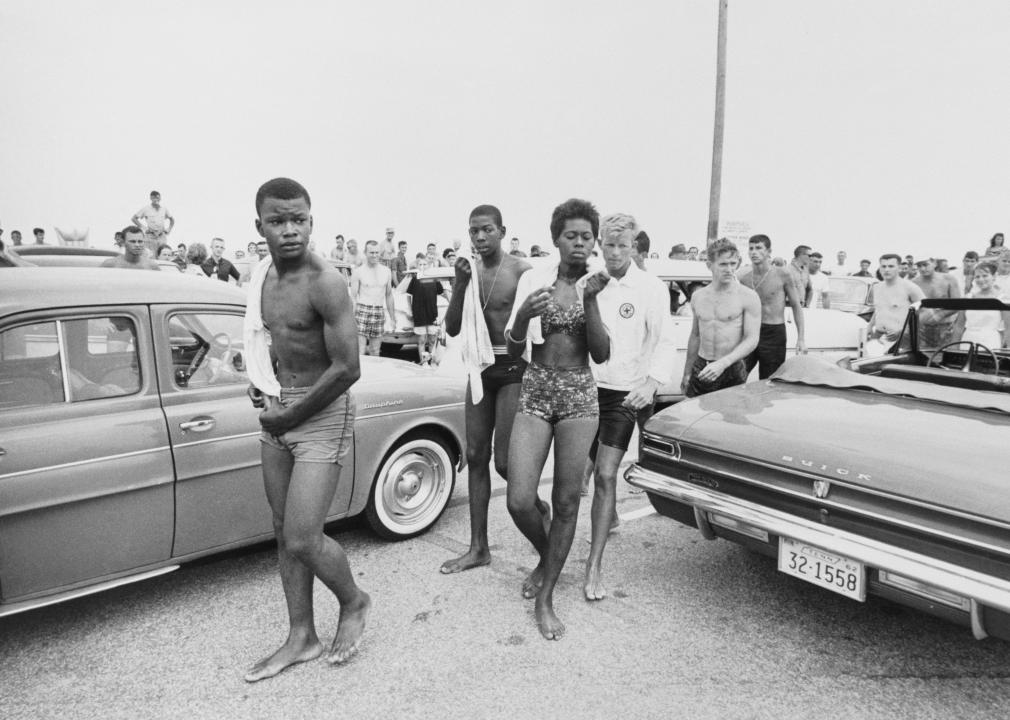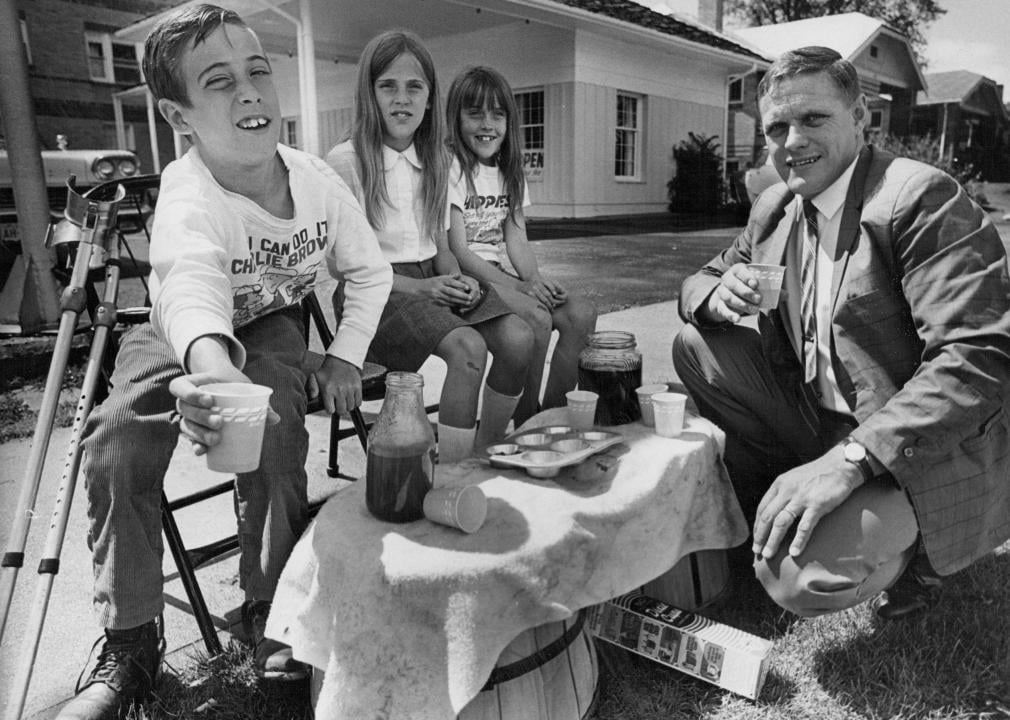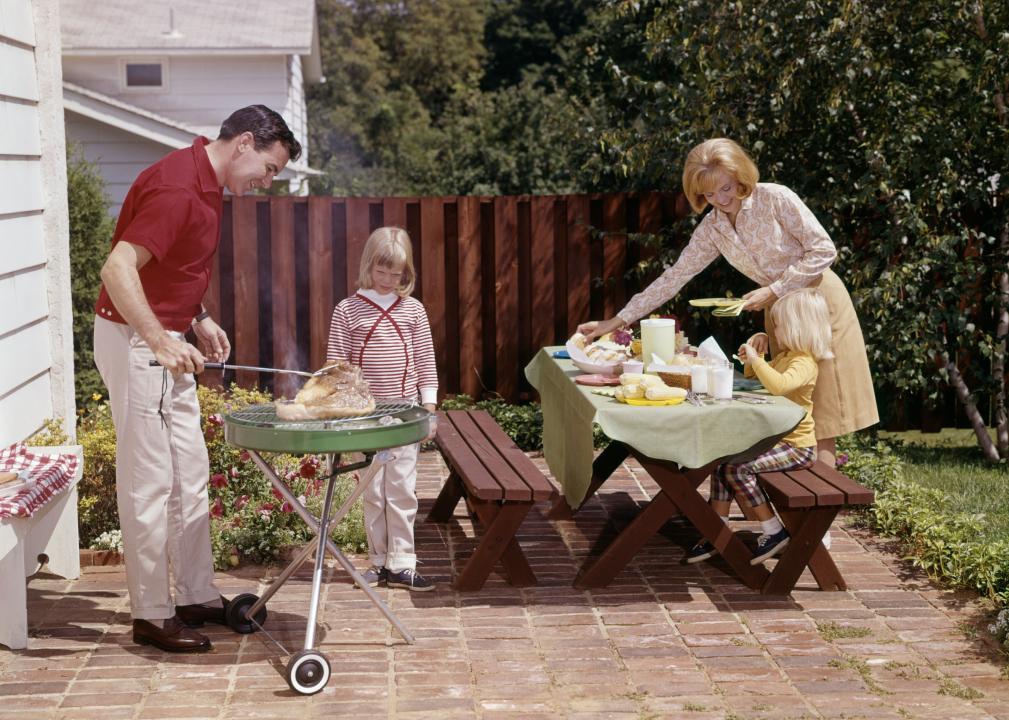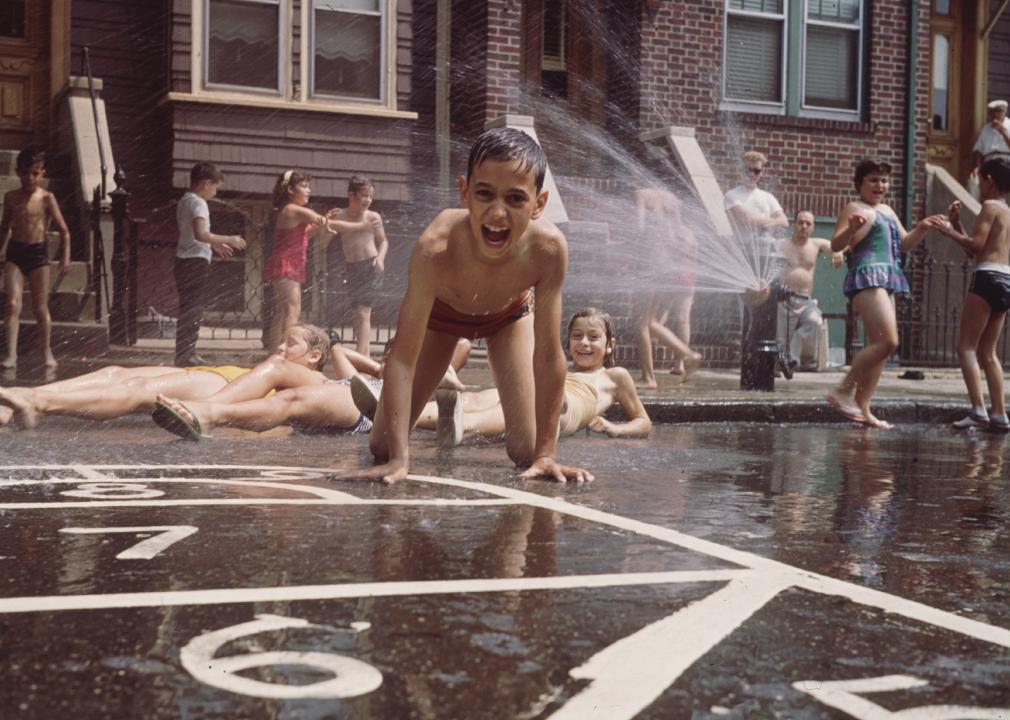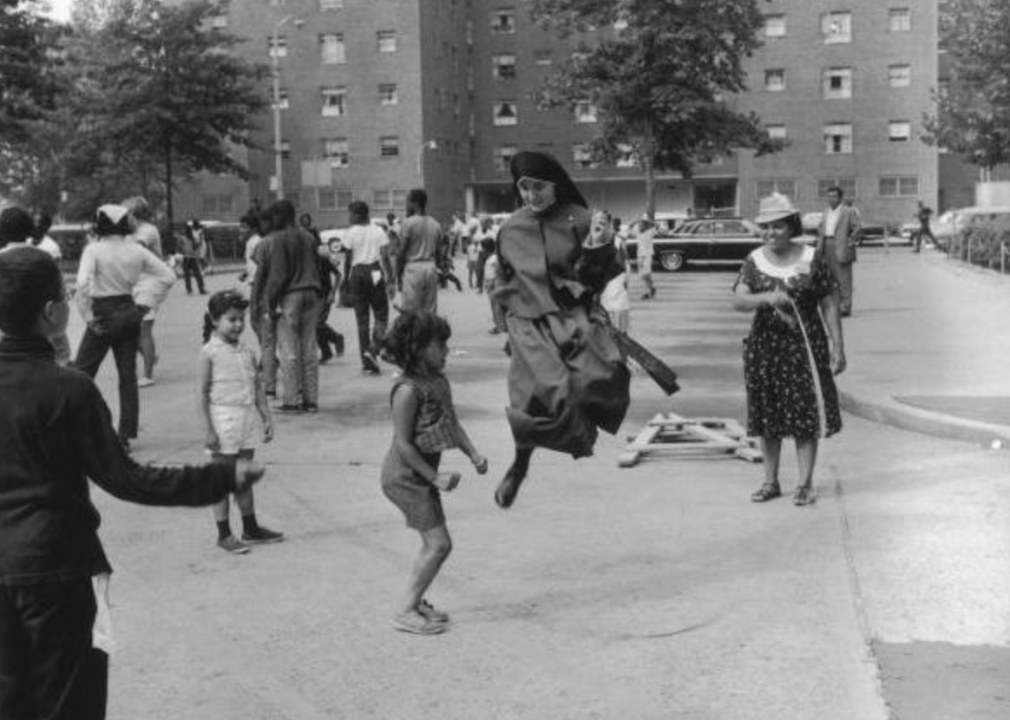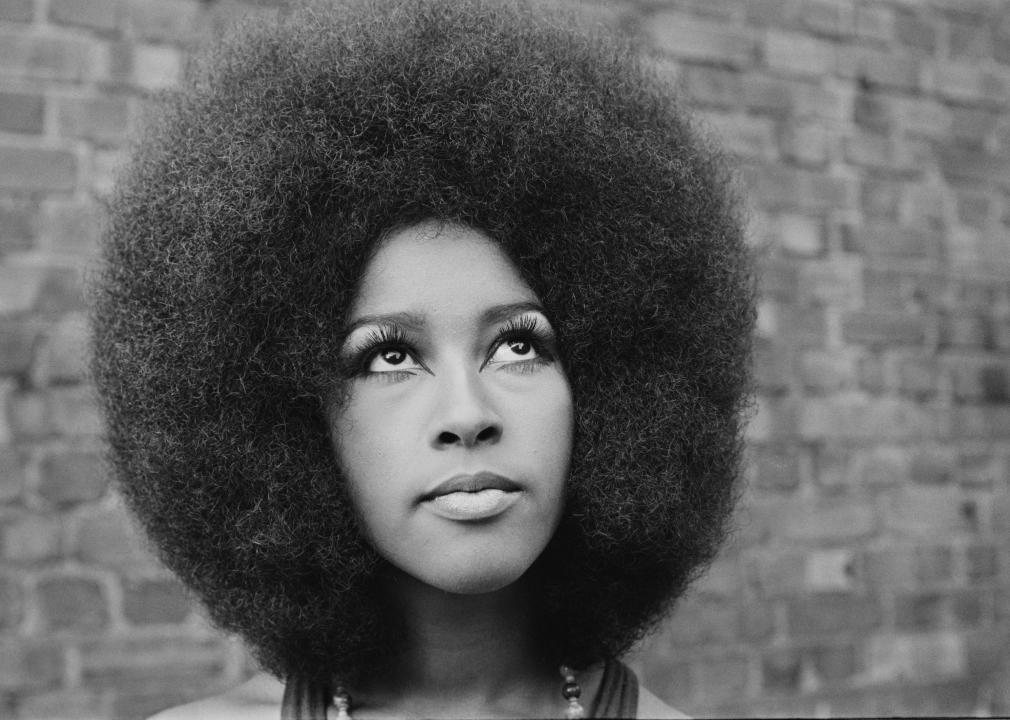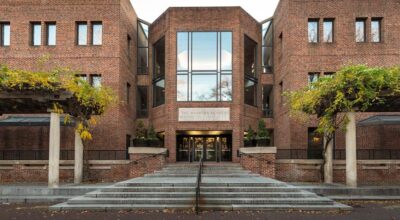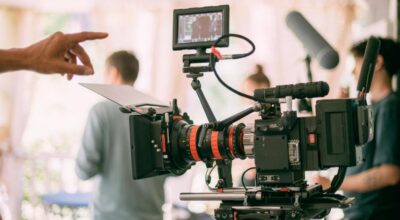60 photos that capture summer in the ’60s
Published 8:40 pm Tuesday, June 14, 2022
Schafer // Getty Images
60 photos that capture summer in the ’60s
A great deal happened in the 1960s—to say the least. The Vietnam War dominated the headlines, John F. Kennedy and Richard Nixon both served in the Oval Office and Martin Luther King Jr. fought for civil rights. Before the organizational power of modern social media existed, a group of students protested segregation with the first-ever sit-in, and women’s rights activists created the Women’s Liberation Movement.
In honor of summer, Stacker looked back through news archives and historical sites to remember the summertime months in an era that shaped the country’s political, cultural, and technological landscape.
War and protests may have marked the ’60s, but it was also the era of Woodstock, miniskirts and rock ’n’ roll. Snacks like Chips Ahoy! and Doritos made their debut, and athletes started fueling their games with Gatorade. The first man walked on the moon and innovations led to the creation of the computer mouse and the modern internet.
Click through to see some of the most exciting events and trends from a decade that left a major mark on history.
You may also like: Top 50 movies from the ’60s.
![]()
Express Newspapers // Getty Images
US troops in Vietnam
The U.S. Army 173rd Airborne Brigade was sent on a jungle “search and destroy” patrol in Phuoc Tuy Province, Vietnam in June 1966. While the conflict in Vietnam began in the ’50s, President Lyndon B. Johnson escalated U.S. involvement by sending combat troops over in 1965.
Agence France Presse // Getty Images
‘I Have a Dream’ speech
Martin Luther King Jr. delivers his iconic “I Have a Dream” speech in front of the Lincoln Memorial on August 28, 1963. King was assassinated five years later on April 4, 1968, in Memphis, Tennessee.
Library of Congress // Wikimedia Commons
March on Washington
Several hundred thousand Americans walk together for the March on Washington for Jobs and Freedom near the Lincoln Memorial on Aug. 28, 1963.
Rowland Scherman // Getty Images
Bob Dylan and Joan Baez
Bob Dylan and Joan Baez sing during the March on Washington for Jobs and Freedom on Aug. 28, 1963. Dylan entered the music world shortly after dropping out of college in 1960 and signed a deal with Columbia Records in 1961.
William Lovelace // Getty Images
Rolling Stones
Members of The Rolling Stones are pictured in New York in the summer of 1964. The British rock group formed in 1962 and scored their first #1 hit in America with “(I Can’t Get No) Satisfaction” in June 1965.
Evening Standard // Getty Images
Sammy Davis Jr.
Sammy Davis Jr., an American actor, dancer, and singer, uses the “Jiffy-Gym,” an elastic chest expander, in June 1968. Davis was not only a popular performer of the ’60s, he was active in the civil rights movement and participated in the March on Washington in the summer of 1963.
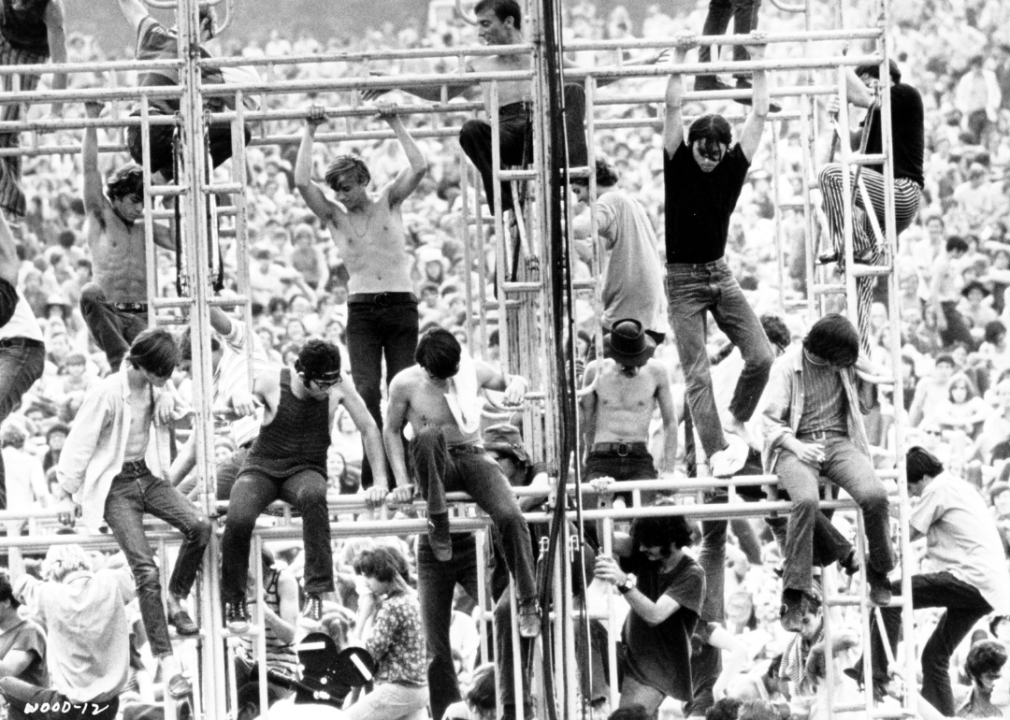
Warner Bros/Michael Ochs Archives // Getty Images
Woodstock Festival
Crowds gather at the Woodstock Music and Arts Festival in Bethel, New York, on the land of farm-owner Max Yasgur in August 1969. The festival organizers expected around 200,000 people, but close to half a million guests showed up for three days of music and mud.
You may also like: The original Woodstock by the numbers
Three Lions // Getty Images
Beetle nap
Passerbys look on in this picture as two Woodstock attendees nap on the roof of a Volkswagen Beetle.
Washington Bureau // Getty Images
Voting Rights Act
U.S. President Lyndon B. Johnson passes Martin Luther King Jr. a pen to sign the Voting Rights Act in Washington, D.C., on Aug. 6, 1965.
Harry Benson // Getty Images
Young love
A couple hugs in front of stores on a street on Nelson Street in Greenville, Mississippi, on July 15, 1967.
You may also like: The best streaming services in 2021
Fox Photos // Getty Images
Water carriers
An Aug. 6, 1960 photo shows girl guides from around the world at Mersham-le-Hatch, near Ashford in Kent, England. They display each culture’s water-carrying methods to one another as part of an international educational camp.
Potter/Express // Getty Images
Summer camp
Two boys read comic books while attending a summer camp run by the National Association for Gifted Children on Aug. 17, 1967. Summer camps were ushered into popular culture in 1961 with movies like “The Parent Trap.”
Orlando // Getty Images
Hot dogs and baseball
Two boys eat hot dogs at a baseball game. The 1960s is referred to as the “last decade of innocence of America’s favorite pastime,” when children spent summers trading baseball cards and listening to baseball games broadcast on transistor radios, writes LA Times journalist Susan King.
Susan Schiff Faludi // Getty Images
Sportsmobile
Children smile as they jump rope during a visit from the Nassau County Division of Parks and Recreation Sportsmobile in 1966.
Keystone // Getty Images
Beach ensemble
A woman models a floral-patterned beach jacket with a matching bikini in 1965.
Keystone // Getty Images
Do ‘The Twist’
Couples dance to “The Twist” on June 17, 1962, as another kiss on board the steamer Royal Daffodil II. This trip across the English Channel featured 12 hours of music by 10 bands, and the resulting dance craze stormed the nation after Chubby Checker’s song by the same name appeared on Dick Clark’s “American Bandstand” in 1960.
Archive Photos // Getty Images
Surf city
Women model swimsuits in an ad of the era. The song “Surf City,” which was co-written by Beach Boy Brian Wilson, hit #1 on the U.S. pop charts in 1963.
Keystone // Getty Images
Summer stunts
Couples enjoy lake surfboarding in Cypress Gardens, Florida, in 1965. Beach-themed movies like “Surf Party,” “Beach Blanket Bingo,” and “Muscle Beach Party” hit the silver screen in the ’60s.
Bettmann // Getty Images
Beach Party
Frankie Avalon and Annette Funicello star in “Beach Party” in 1963. Funicello helped bring the two-piece swimsuit into the mainstream.
Michael Ochs Archives // Getty Images
Bikini run
Several models sport swimsuits on a Pensacola, Florida, beach in 1969.
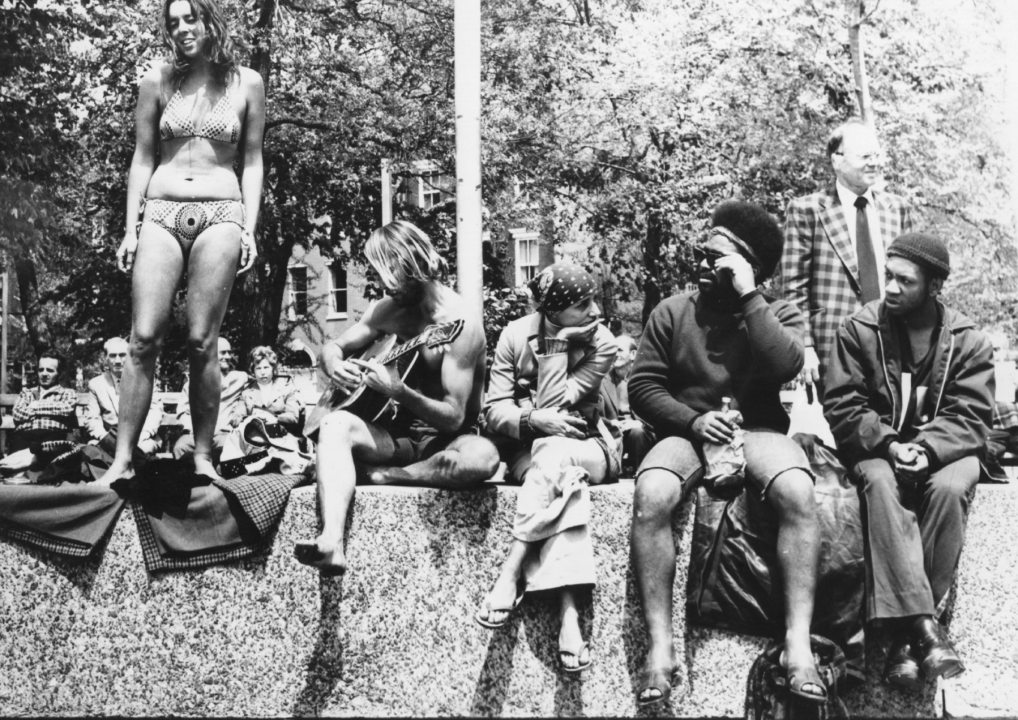
Peter Keegan/Keystone // Getty Images
Hippies in the park
Young people gather in Washington Square Park, part of Greenwich Park, in New York City in 1968. The hippie movement developed on college campuses in large part as an opposition to the Vietnam War. They advocated nonviolence, and coined the enduring phrase “Make love, not war.” Hippies often referred to themselves as “flower children.”
Keystone // Getty Images
Summer in the city
New York City Police Commissioner Stephen Kennedy sprays water after opening a fire hydrant on Manhattan’s Hester Street, closed to traffic and designated for playing on a particularly hot day on July 13, 1960.
You may also like: The best streaming services for sports in 2021
Tom Kelley Archive // Getty Images
Life in color
A group in swimsuits with surfboards gathers in and around a car parked on a Florida beach in 1968. Polaroid introduced instant color film in 1963.
Harry Benson // Getty Images
Coney Island
Brooklyn, New York’s Coney Island Beach is filled with beach-goers in July 1966.
Corbis // Getty Images
Space walk
Before the first moonwalk took place, astronaut Edward White took America’s first space walk on July 3, 1965. White was one of the three-man crew who later perished in the ill-fated Apollo 1 fire.
NASA
Apollo 11 crew
The Apollo 11 crew poses at the Kennedy Space Center in Florida during a hands-on test in preparation for the first manned lunar landing mission in July 1969. Pictured from left to right, Neil A. Armstrong, commander; Michael Collins, command module pilot; and Edwin E. “Buzz” Aldrin Jr., lunar module pilot.
NASA // Getty Images
First man on the moon
Neil Armstrong became the first human to set foot on the moon on July 20, 1969. Armstrong, along with Buzz Aldrin, walked among the moon’s dirt and surface rock for three hours.
Hulton Archive // Getty Images
Women’s Liberation Movement
Women in New York City hold up signs during a women’s liberation demonstration in 1968. The National Organization for Women was founded on June 30, 1966.
Bob Aylott // Keystone//Getty Images
Equal pay conference
The fight for women’s rights took place across the pond as well as stateside. Ford Motors machinists stood with signs at a conference on equal rights in the industry at Friends House in Euston, London, on June 28, 1968.
H. Armstrong Roberts // Getty Images
Beauty pageant
The crowd looks on as women take the stage in one-piece bathing suits and heels at the Roosevelt Raceway in Long Island, New York, in the early ’60s. In 1968, activists protested the largest of all beauty contests: the Miss America Pageant.
Central Press // Getty Images
Muhammad Ali
Muhammad Ali stands on the podium after winning the gold medal in light heavyweight boxing during the 1960 Summer Olympics in Rome.
Douglas Miller//Keystone // Getty Images
Billie Jean King
Billie Jean King, right, holds the trophy after defeating Maria Bueno. King won her first Wimbledon singles tennis match on July 2, 1966.
Stan Meagher // Getty Images
Twiggy
English model Twiggy—whose real name is Lesley Hornby—poses for a photoshoot on June 12, 1966. While the model wasn’t American, she became a ’60s icon and a major influence on fashion in the U.S. and abroad.
Ted West // Getty Images
Hugh Hefner and his bunnies
Hugh Hefner poses with some of his bunnies at one of America’s Playboy Clubs on July 18, 1962. In the summer of 1963, Show magazine published Gloria Steinem’s “A Bunny’s Tale” in two parts. Steinem went undercover as Marie Catherine Ochs to give readers an inside look at the not-so-glamorous life of a bunny at a Playboy Club.
Bettmann // Getty Images
The Kennedys during summer
President John F. Kennedy, First Lady Jacqueline Kennedy, and their children John, Jr. and Caroline, are pictured at their summer home in Hyannis Port, Massachusetts, on Aug. 4, 1962. Kennedy was assassinated in 1963.
Evening Standard // Getty Images
Summer fashion
An ad in BuenHogar—Good Housekeeping, the Spanish language women’s magazine, shows beach fashion for the summer of 1967.
Mirrorpix // Getty Images
Children’s fashion
Young girls model pinafores by Simplicity in the June 1996 issue of Woman’s Day.
Tom Kelley Archive // Getty Images
Men’s swimwear
Four guys and a girl sit or stand next to a Barris surf car parked on a California beach while wearing the latest fashion in Jantzen bathing suits in 1966.
Photoshot // Getty Images
Gambling in the pool
Women dressed in swimwear enjoy drinks and gambling at a bar in Las Vegas.
Hulton Deutsch // Getty Images
Marilyn Monroe’s death
Marilyn Monroe has fun on the beach while filming a movie. On Aug. 5, 1962, Marilyn Monroe—born Norma Jeane Mortenson—was found dead in her hotel room.
picture alliance // Getty Images
Black students register
Vivian Malone and James Hood, two Black students, register at the University of Alabama on June 12, 1963, in Tuscaloosa, Alabama. On June 10, 1963, President John F. Kennedy federalized the National Guard, deploying them to the school in order to force its desegregation.
Underwood Archives // Getty Images
George Wallace stands in the way
Alabama Gov. George Wallace faces Gen. Henry Graham in Tuscaloosa, Alabama, on June 12, 1963, to block the enrollment of Black students. Despite a federal order not to interfere with the enrollment, Wallace stood in the doorway of the administration building to prevent the students from registering. In response, President John. F. Kennedy federalized the Alabama National Guard. One hundred guardsman escorted the students to campus and Gen. Graham ordered Wallace to step aside.
National Archive // Getty Images
Civil Rights Act
President John F. Kennedy meets with civil rights leaders at the White House on Aug. 28, 1963. The Civil Rights Act passed the following year on July 2, 1964, ending segregation in public spaces and banning employers from discriminating on the basis of race, color, religion, sex, or national origin.
Bettmann // Getty Images
Woolworth desegregated
Young African American students perform sit-ins at the segregated Woolworth’s lunch counter in Greensboro, North Carolina, in 1960. Months of protests led to the desegregation of the counter on July 25 of that year.
Ted Streshinsky Photographic Archive // Getty Images
Summer of Love
San Francisco hippies encircle a tree at San Francisco’s Golden Gate Park. In the summer of 1967, close to 100,000 hippies gathered in the city’s Haight-Ashbury neighborhood for the “Summer of Love.”
Hulton Deutsch // Getty Images
Jimi Hendrix
Members of the Jimi Hendrix Experience are pictured on Aug. 21, 1967. Hendrix also took the stage during the “Summer of Love” at the Monterey Pop Festival in June 1967.
Bettmann // Getty Images
George Harrison
The Beatles’ George Harrison is pictured on June 30, 1967. Harrison played at the Monterey Pop Festival in addition to Jimi Hendrix.
John Downing // Getty Images
The Beatles release ‘Sgt. Pepper’
The Beatles celebrate the completion of their album, “Sgt. Pepper’s Lonely Hearts Club Band.” The LP was released on June 1, 1967.
Hulton Archive // Getty Images
Democratic National Convention
A young female protester looks on at armed police officers at an anti-Vietnam War demonstration outside the the August 1968 Democratic National Convention in Chicago.
Buyenlarge // Getty Images
Harlem riots
Widespread protests erupted in the streets during the 1964 Harlem neighborhood riots in New York City. Long suffering under police brutality, Black residents rose up after a Black boy, 15-year-old James Powell, was shot and killed by a white policeman Lieut. Thomas Gilligan.
Buyenlarge // Getty Images
Demonstrators in Harlem
Demonstrators carry photographs of Lieut. Thomas Gilligan as they march during the Harlem riots. The uprisings spread to more than a dozen American cities where Black residents lived under police violence and widespread discrimination.
Harry Benson//Express // Getty Images
Watts riots
A wounded man sits near an armed police guard during the Watts riots in Los Angeles during the summer of 1965. The riots started after a white police officer arrested a Black man on suspicion of driving while intoxicated, and lasted from Aug. 11-16.
Bettmann // Getty Images
Segregation in public pools
The public swimming pool in Raleigh, North Carolina’s Pullen Park was closed by the city on Aug. 7, 1962, after four Black men went swimming with two white companions. Other public pools in the city followed suit until the issue could be resolved. Swimming facilities had been segregated until then, and the city council felt the public would not accept desegregation.
Bettmann // Getty Images
Beach jeers
Three Black people walk away from jeering white beach-goers on July 14, 1963, at a beach in Savannah, Georgia. While desegregation was implemented nationwide in the 1950s, many cities in the South resisted the change until long after.
Denver Post // Getty Images
Lemonade stands
Children sell lemonade in La Cañada, California, on July 31, 1961.
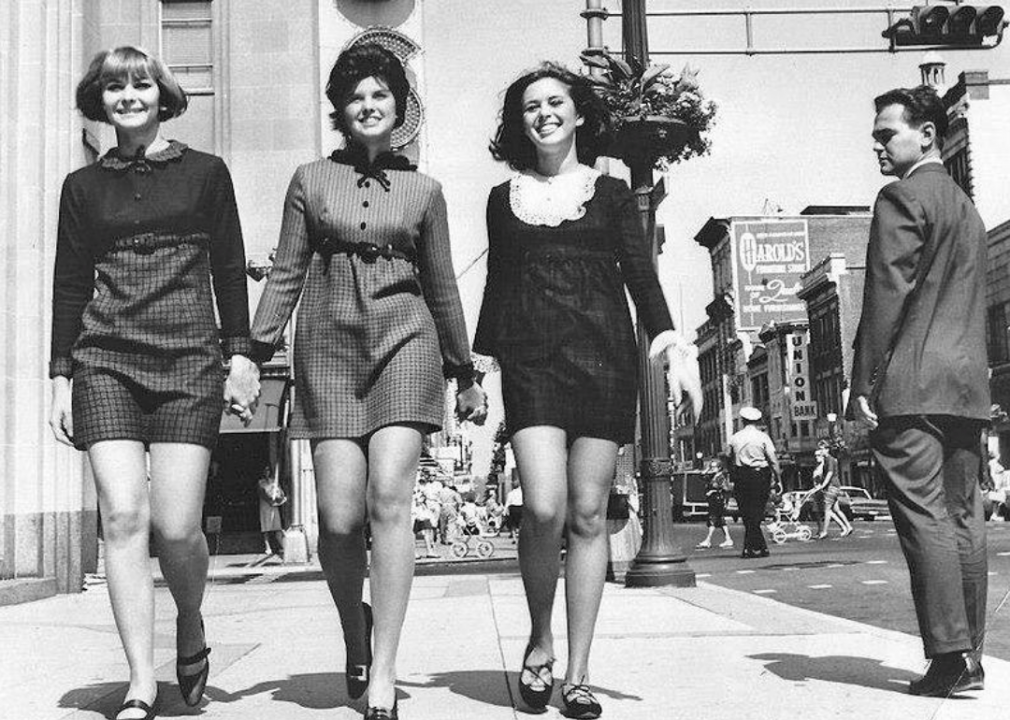
Public Domain // Wikimedia Commons
Shortened hemlines
Women model dresses for Hess Brothers Department Store in 1965. The shortened hemline—like those of the miniskirt—began to gain popularity in the mid-1960s.
H. Armstrong Roberts/ClassicStock // Getty Images
Jell-O
Jell-O marketed a vegetable-flavored gelatin dish in a Better Homes and Gardens magazine ad in August 1964, the same year the company released its slogan: “There’s Always Room for Jell-O.”
Schafer // Getty Images
Summer heat wave
A group of children play in the street on a hot July day in 1962.
Roy Kemp // Getty Images
Nun fun
A nun visiting a neighborhood in New York plays a skipping game with children in August 1965.
Hilaria McCarthy // Getty Images
Marsha Hunt
Actress, singer, model, and activist Marsha Hunt shows off her Afro—a popular hairstyle in the ’60s—on Aug. 21, 1969.


